|
DYS393:13 |
DYS390:25 |
DYS19:16 |
DYS391:10 |
DYS385a:11 |
DYS385b:14 |
DYS426:12 |
DYS388:12 |
DYS439:11 |
DYS389-1:13 |
DYS392:11 |
DYS389-2:29 |
R1a1 | newspapers-by-country | R1-BY-name | |||
|
DYS458:17 |
DYS459a:9 |
DYS459b:9 |
DYS455:11 |
DYS454:11 |
DYS447:23 |
DYS437:14 |
DYS448:20 |
DYS449:33 |
DYS464a:12 |
DYS464b:12 |
DYS464c:15 |
DYS464d:15 |
DYS464e:16 |
DYS464f:16 |
dnacalculator | INFORMATION | R1-BY-kit |
|
DYS460:11 |
DYS GATAH4:11 |
DYS YCA II a:19 |
DYS YCA II b:23 |
DYS456:17 |
DYS607:16 |
DYS576:18 |
DYS570:19 |
DYS CDY a:34 |
DYS CDY b:35 |
DYS442:14 |
DYS438:11 |
kinshipCalculator | R1a1a1-464-12-premiers- | R1-BY-country |
 |
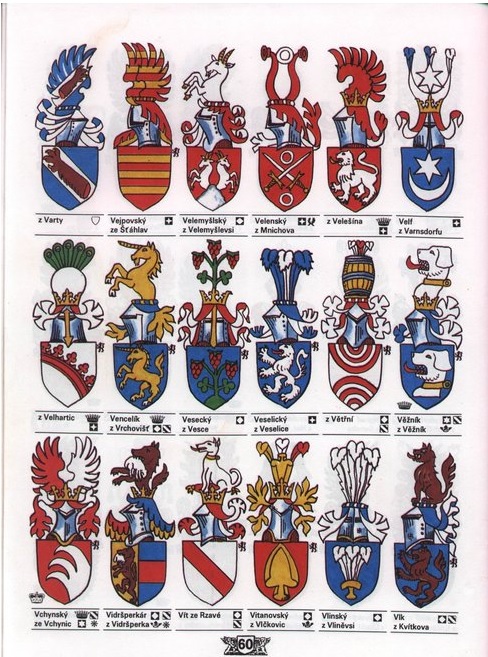 |
||||||||||||||||||||||||||||||||
 |
 |
||||||||||||||||||||||||||||||||
 |
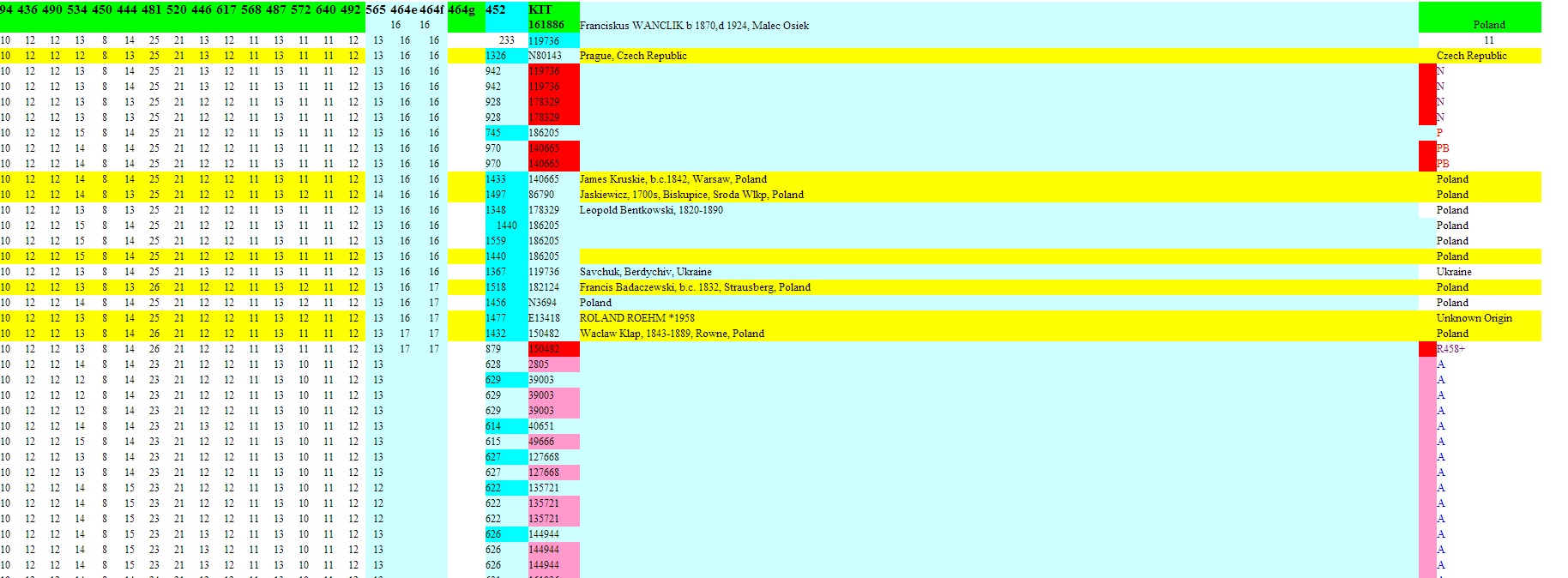 |
||||||||||||||||||||||||||||||||
 |
|||||||||||||||||||||||||||||||||
 |
|||||||||||||||||||||||||||||||||
 |
|||||||||||||||||||||||||||||||||
 |
|||||||||||||||||||||||||||||||||
 |
|||||||||||||||||||||||||||||||||
malec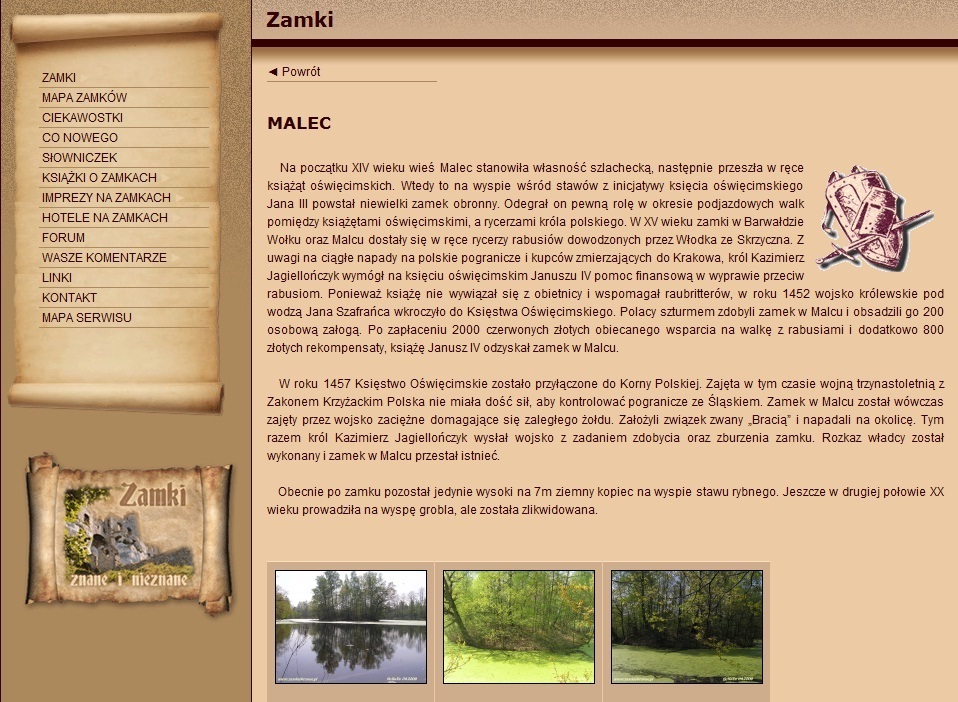 |
|||||||||||||||||||||||||||||||||
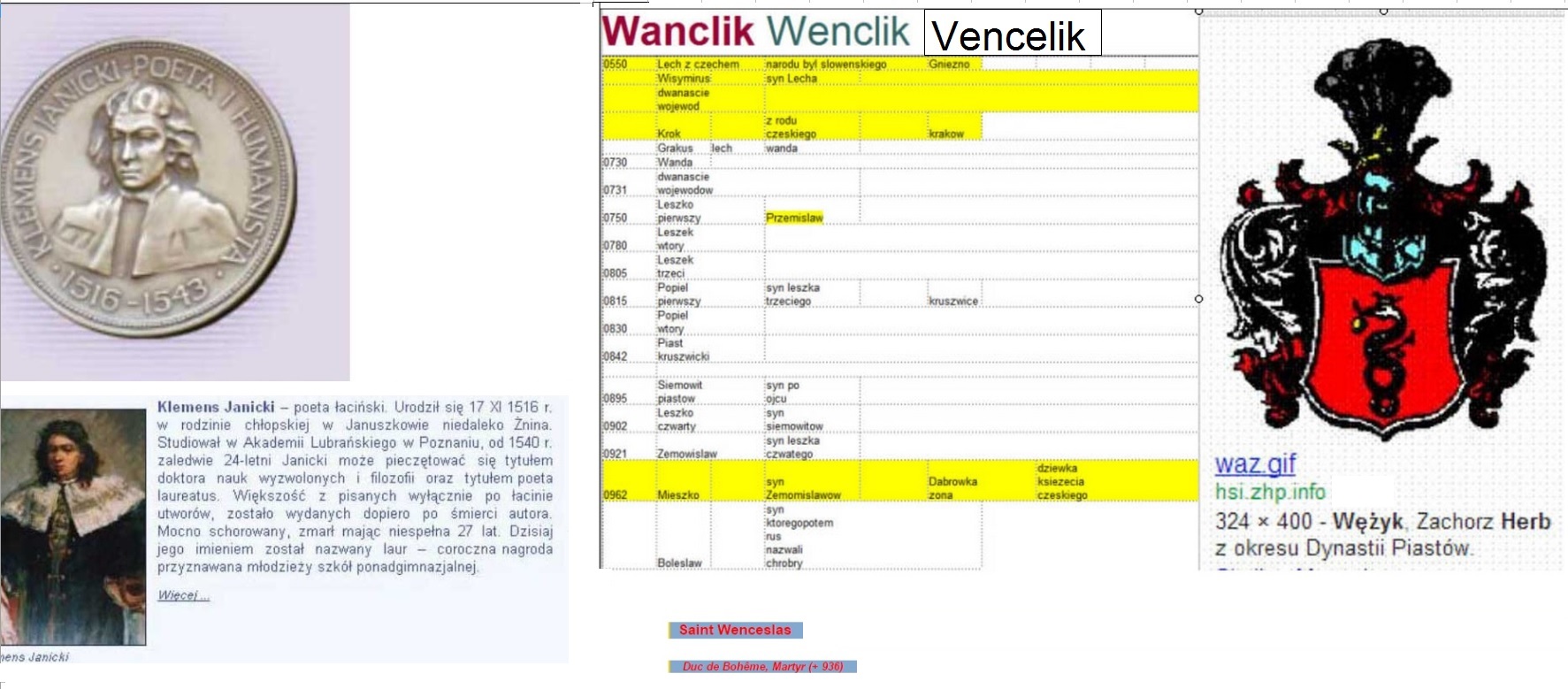 |
|||||||||||||||||||||||||||||||||
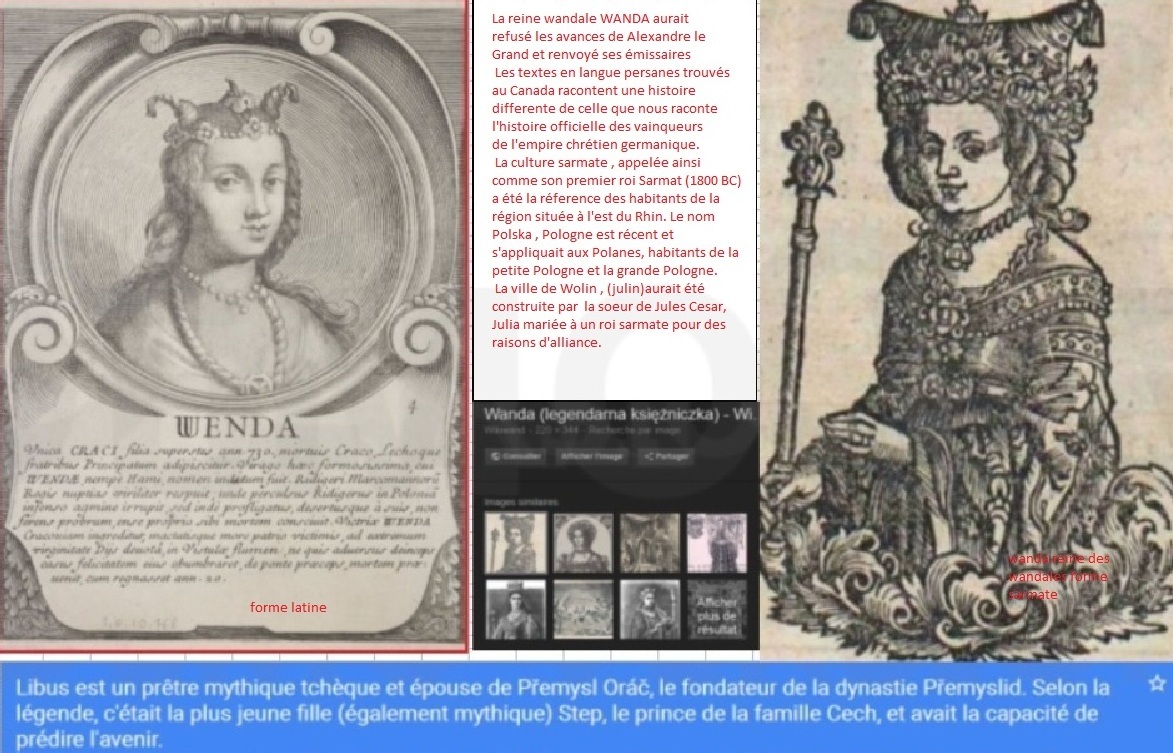 |
|||||||||||||||||||||||||||||||||
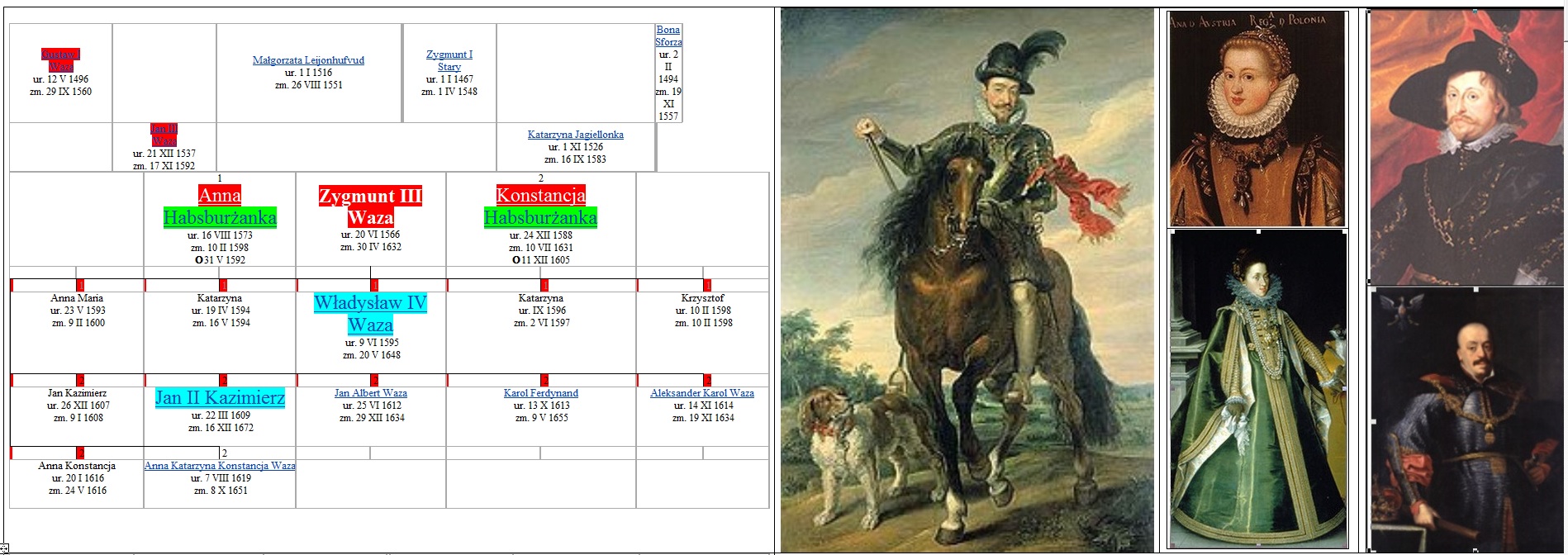 |
|||||||||||||||||||||||||||||||||
 |
|||||||||||||||||||||||||||||||||
 |
|||||||||||||||||||||||||||||||||
 |
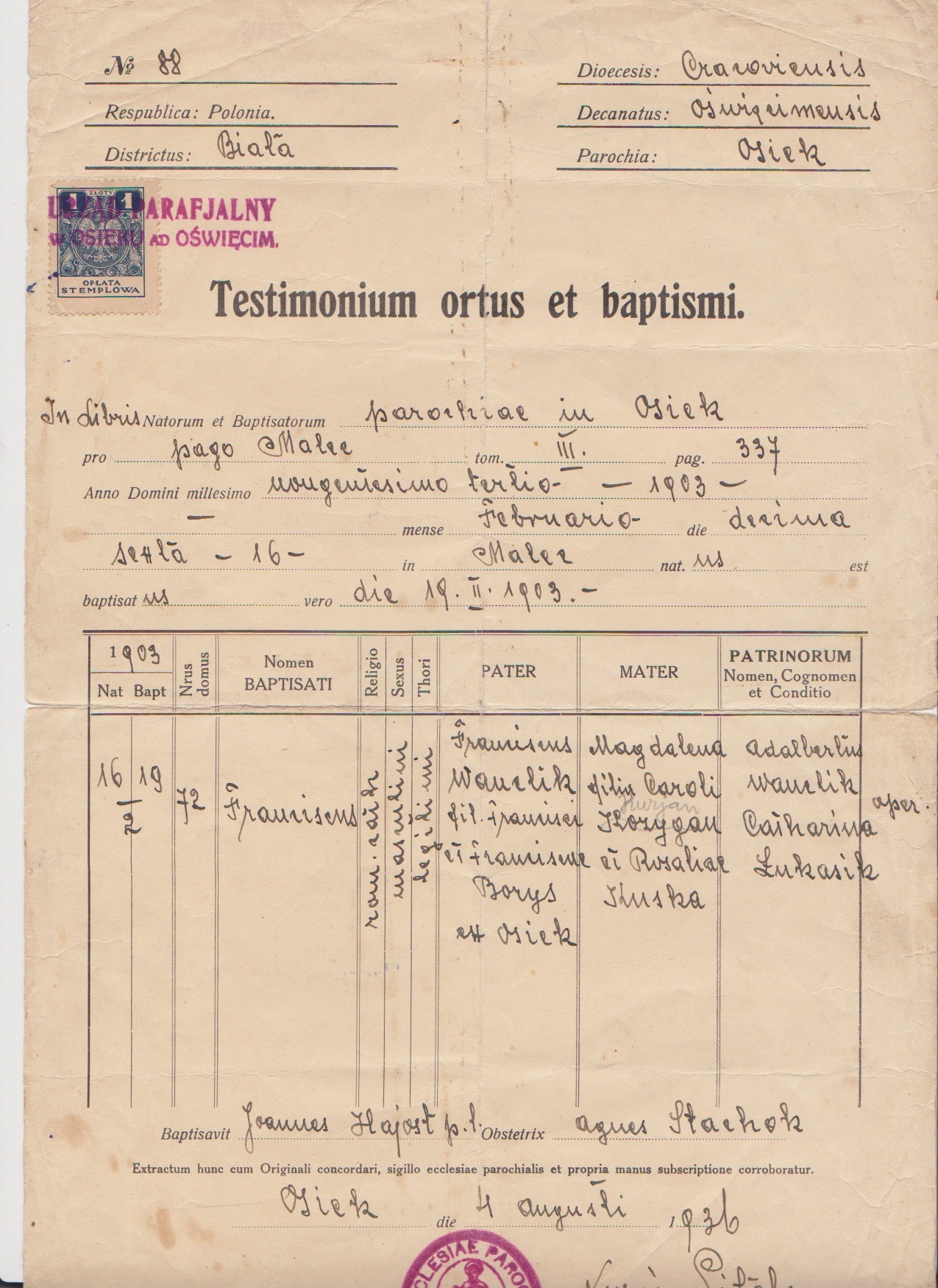 |
||||||||||||||||||||||||||||||||
 |
|||||||||||||||||||||||||||||||||
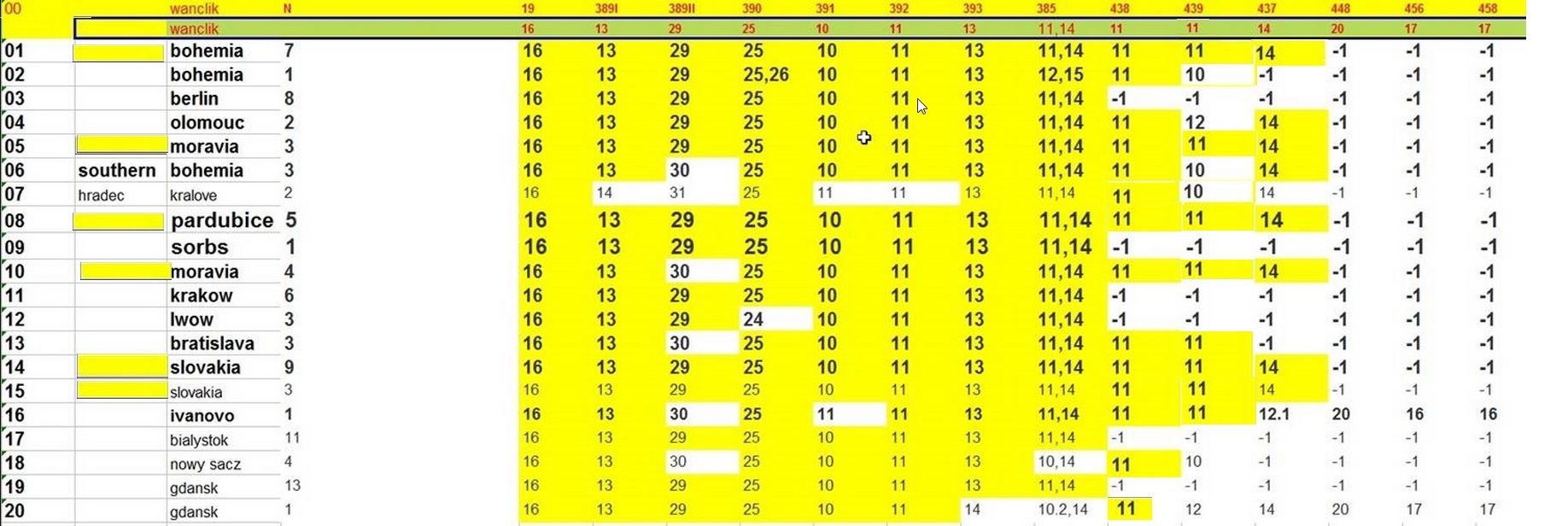 |
|||||||||||||||||||||||||||||||||
 |
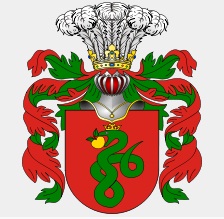 |
||||||||||||||||||||||||||||||||
 |
|||||||||||||||||||||||||||||||||
 |
|||||||||||||||||||||||||||||||||
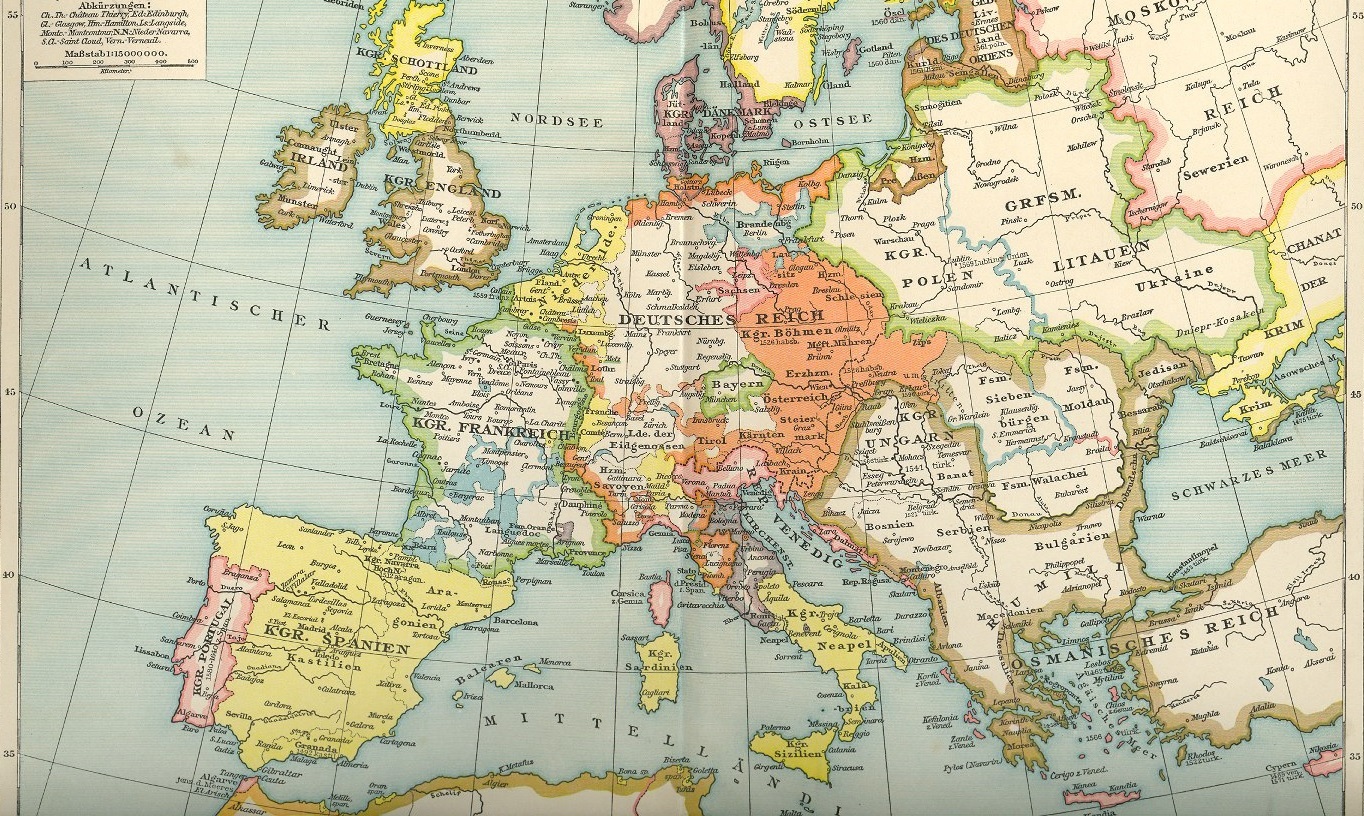 |
|||||||||||||||||||||||||||||||||
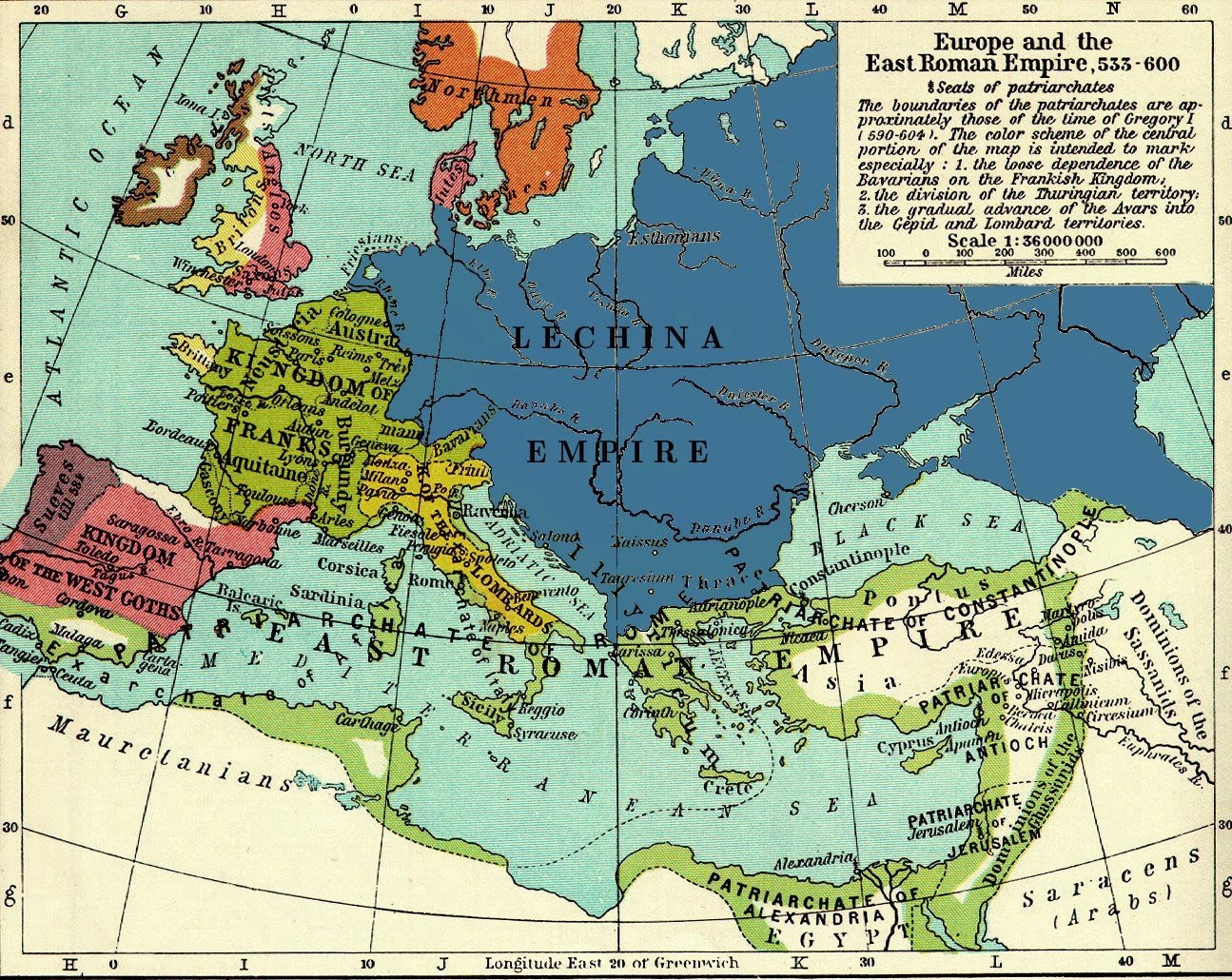 |
|||||||||||||||||||||||||||||||||
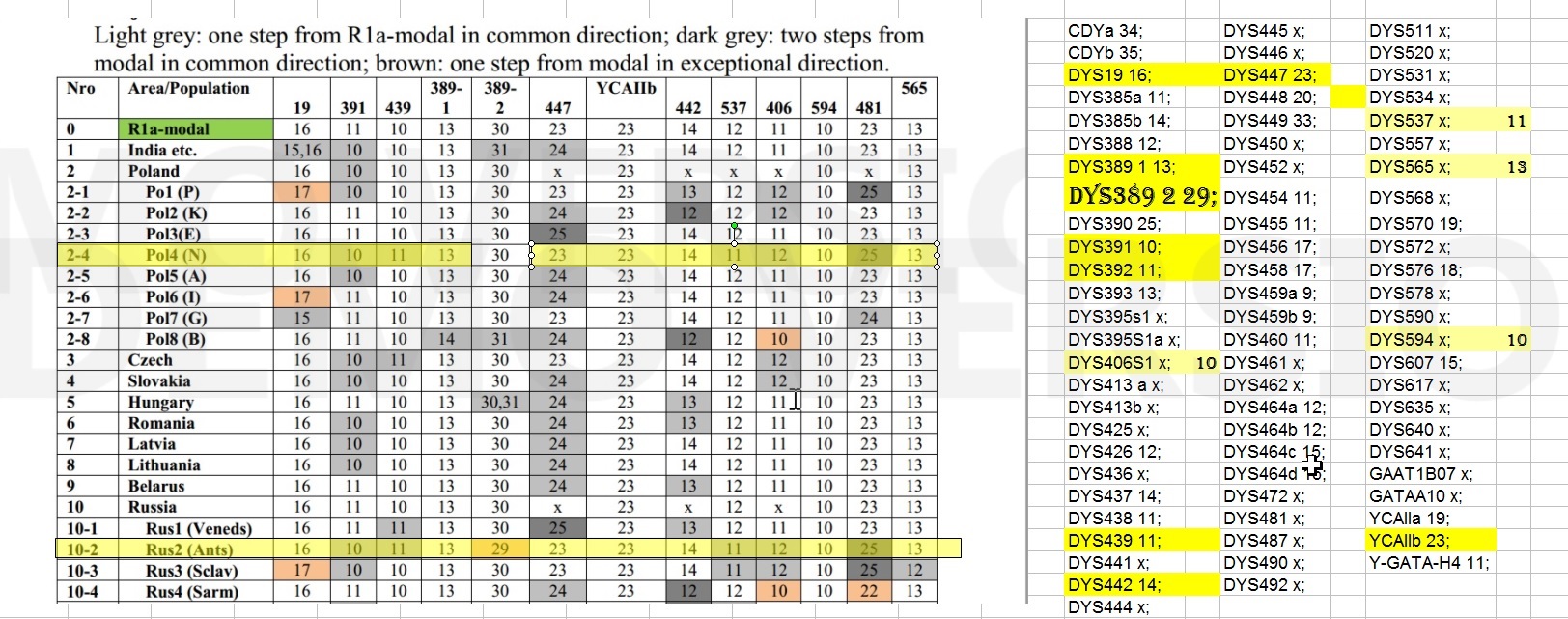 |
|||||||||||||||||||||||||||||||||
 |
|||||||||||||||||||||||||||||||||
 |
|||||||||||||||||||||||||||||||||
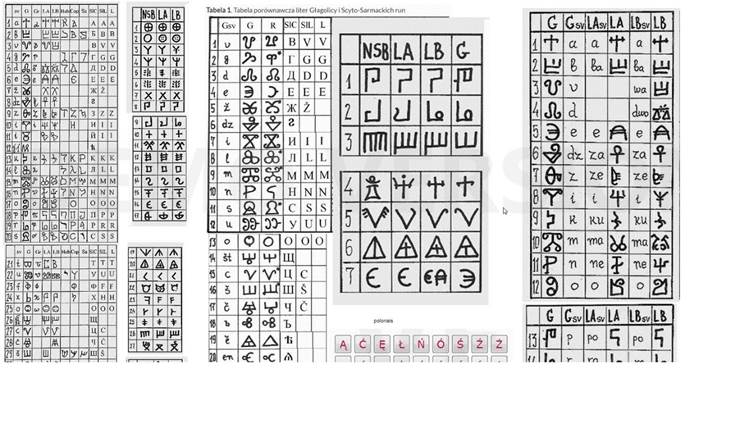 |
|||||||||||||||||||||||||||||||||
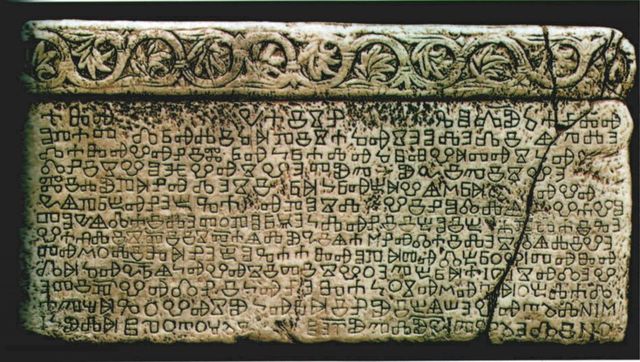 |
|||||||||||||||||||||||||||||||||
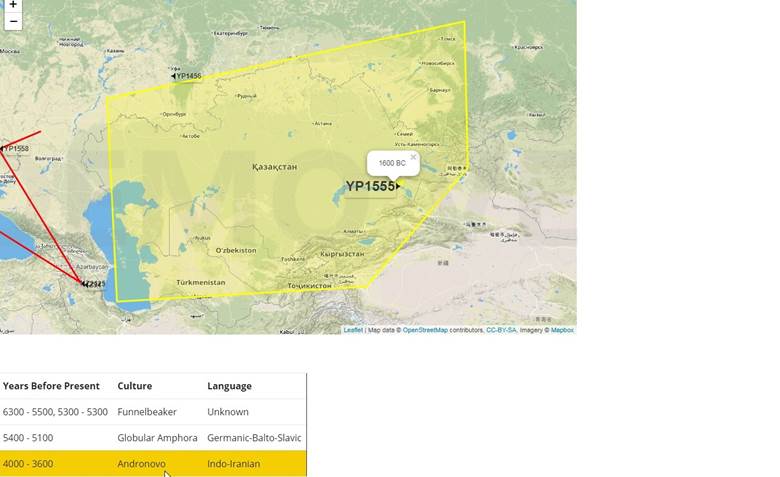 |
|||||||||||||||||||||||||||||||||
 |
|||||||||||||||||||||||||||||||||
 |
|||||||||||||||||||||||||||||||||
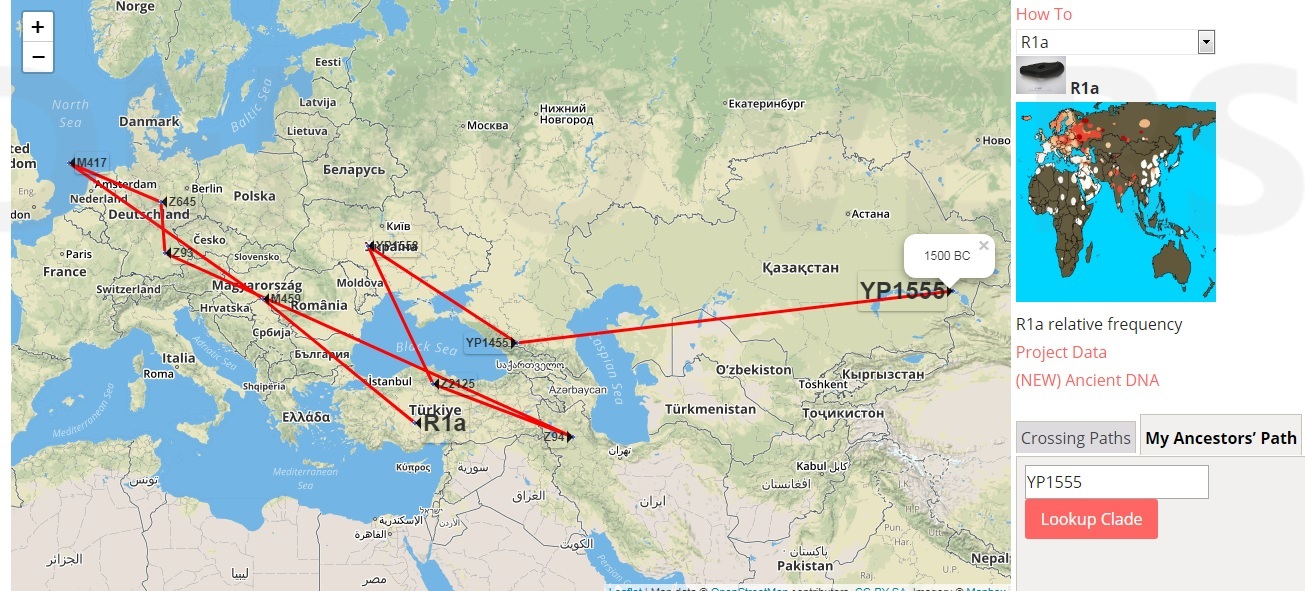 |
|||||||||||||||||||||||||||||||||
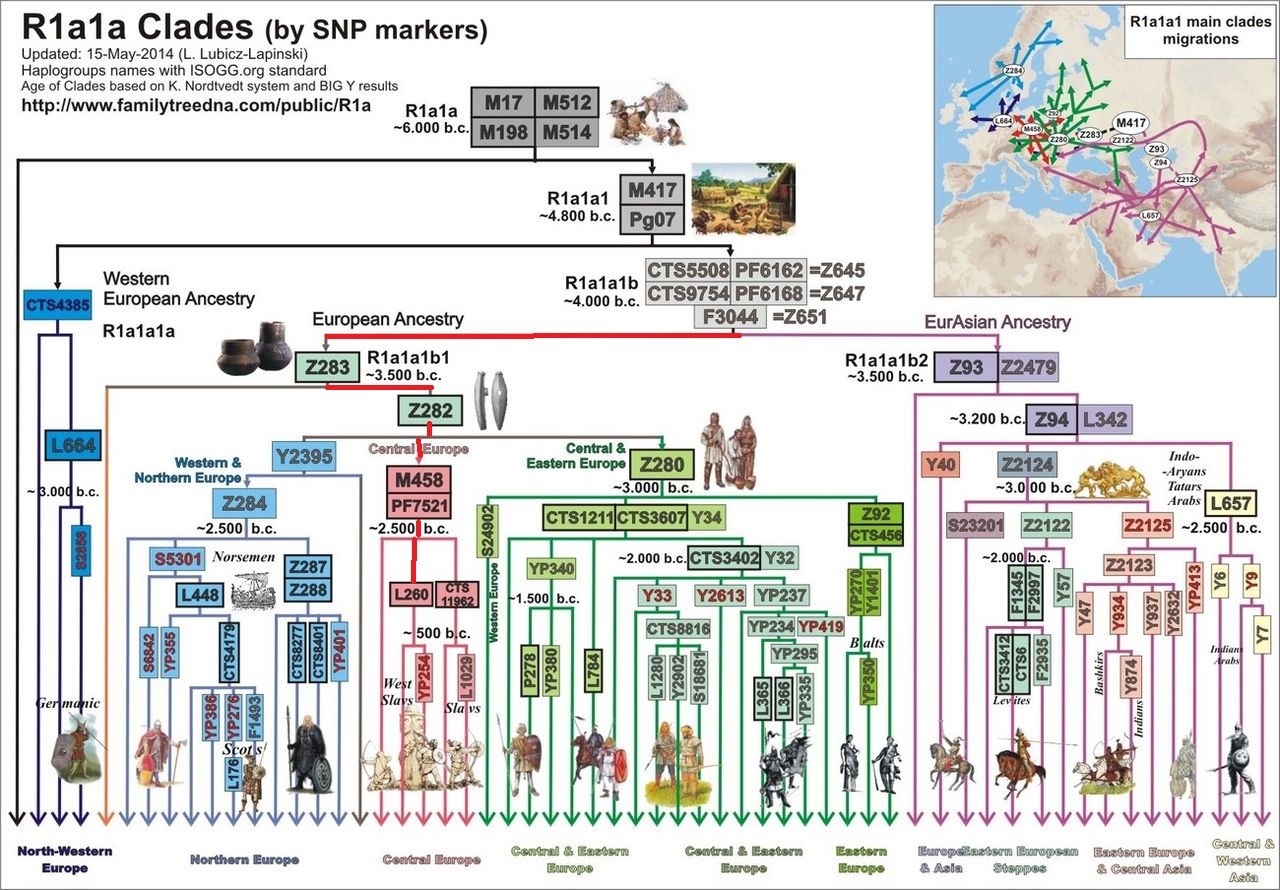 |
|||||||||||||||||||||||||||||||||
 |
|||||||||||||||||||||||||||||||||
 |
|||||||||||||||||||||||||||||||||
 |
|||||||||||||||||||||||||||||||||
 |
|||||||||||||||||||||||||||||||||
 |
|||||||||||||||||||||||||||||||||
 Chromosome abnormality
From Wikipedia, the free encyclopedia
A chromosome anomaly, abnormality or aberration is a missing, extra, or irregular portion of chromosomal DNA.[1] It can be from an atypical number of chromosomes or a structural abnormality in one or more chromosomes. A karyotype refers to a full set of chromosomes from an individual which can be compared to a "normal" karyotype for the species via genetic testing. A chromosome anomaly may be detected or confirmed in this manner. Chromosome anomalies usually occur when there is an error in cell division following meiosis or mitosis. There are many types of chromosome anomalies. They can be organized into two basic groups, numerical and structural anomalies.
Contents[hide]
Numerical disorders[edit]This is called aneuploidy (an abnormal number of chromosomes), and occurs when an individual is missing either a chromosome from a pair (monosomy) or has more than two chromosomes of a pair (trisomy,tetrasomy, etc.). In humans an example of a condition caused by a numerical anomaly is Down Syndrome, also known as Trisomy 21 (an individual with Down Syndrome has three copies of chromosome 21, rather than two). Trisomy has been determined to be a function of maternal age. An example of monosomy is Turner Syndrome, where the individual is born with only one sex chromosome, an X. Structural abnormalities[edit]When the chromosome's structure is altered, this can take several forms:
Chromosome instability syndromes are a group of disorders characterized by chromosomal instability and breakage. They often lead to an increased tendency to develop certain types of malignancies. Inheritance[edit]Most chromosome abnormalities occur as an accident in the egg or sperm, and therefore the anomaly is present in every cell of the body. Some anomalies, however, can happen after conception, resulting in Mosaicism (where some cells have the anomaly and some do not). Chromosome anomalies can be inherited from a parent or be "de novo". This is why chromosome studies are often performed on parents when a child is found to have an anomaly. If the parents do not possess the abnormality it was not initially inherited; however it may be transmitted to subsequent generations. |
|||||||||||||||||||||||||||||||||
|
Suivre Adn Un ADN humain vieux de 400 000 ans livre de nouveau secrets sur
l'origine de l'homme Vidéo Les bactéries peuvent recycler n'importe quel
ADN, même celui de mammouth ADN : des gènes observés en temps réel à
l'intérieur de la cellule Le prix Nobel Frederick Sanger, père du séquençage
génétique, est mort Vidéo Un gène immunitaire que nous aurait légué l’Homme
de Néandertal Vos réactions : Juniper 14h00 stupéfiant ... qu'on ait trouvé
ça que maintenant ... Publier sur Facebook Modifier mes préférences Poster
le commentaire VIDEOS 2:40 De spectaculaires portraits recréés à partir
d'ADN récolté sur des cigarettes 0:45 Rosalind Franklin : Google redécouvre
l'ADN dans un Doodle célébrant les 93 ans de la chimiste 0:36 Un arbre
généalogique de 13 millions de personnes créé par des chercheurs PHOTOS En
images : le génome du aye-aye séquencé pour tenter de sauver l’espèce +3
VOUS AIMEREZ Suivre Génome Suivre Gène © Gentside - Régie - Contact -
Conditions générales - Fabriqué par des passionnés Crédit photographique
pour toutes les images de ce site (sauf indication) : © Istockphotos. En savoir plus: http://www.maxisciences.com/adn/des-scientifiques-decouvrent-un-039-second-code-genetique-039-enfin-presque_art31595.html Copyright © Gentside Découverte |
|||||||||||||||||||||||||||||||||
 |
|||||||||||||||||||||||||||||||||
 |
|||||||||||||||||||||||||||||||||
 |
|||||||||||||||||||||||||||||||||
Root = R1a1,Approx.
hg: R-M198,R1a (ISOGG:
R1a1,R1a1,R1a1) SRY10831.2, M448, L122, M459, M516 [Back
to the roots]
|
|||||||||||||||||||||||||||||||||
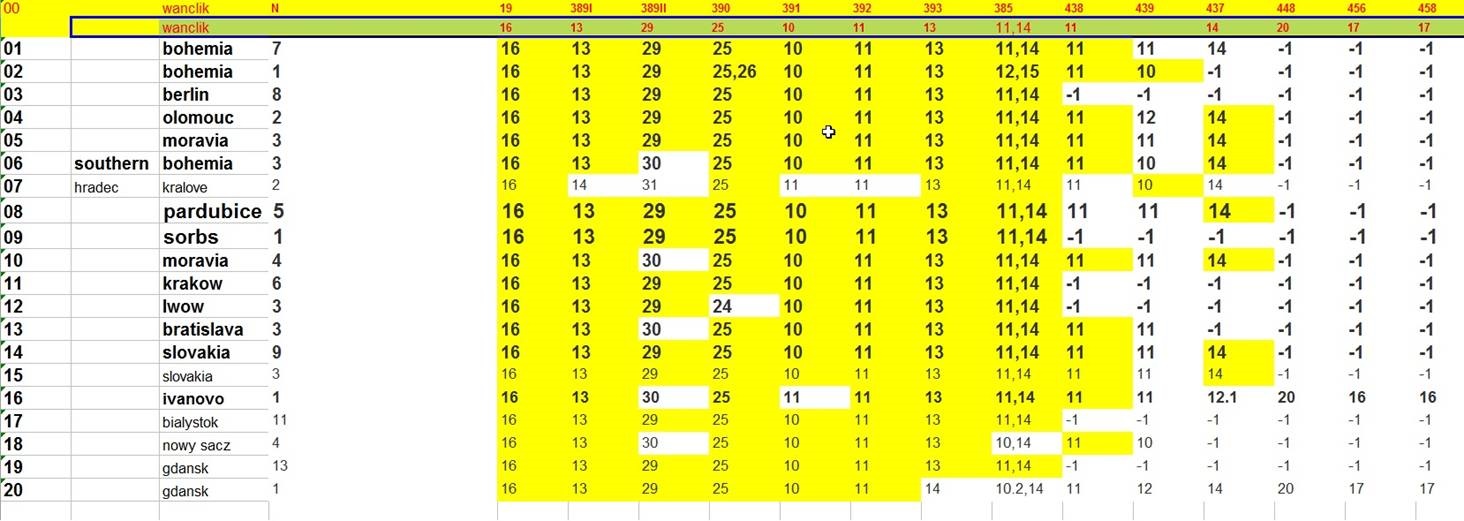 |
|||||||||||||||||||||||||||||||||
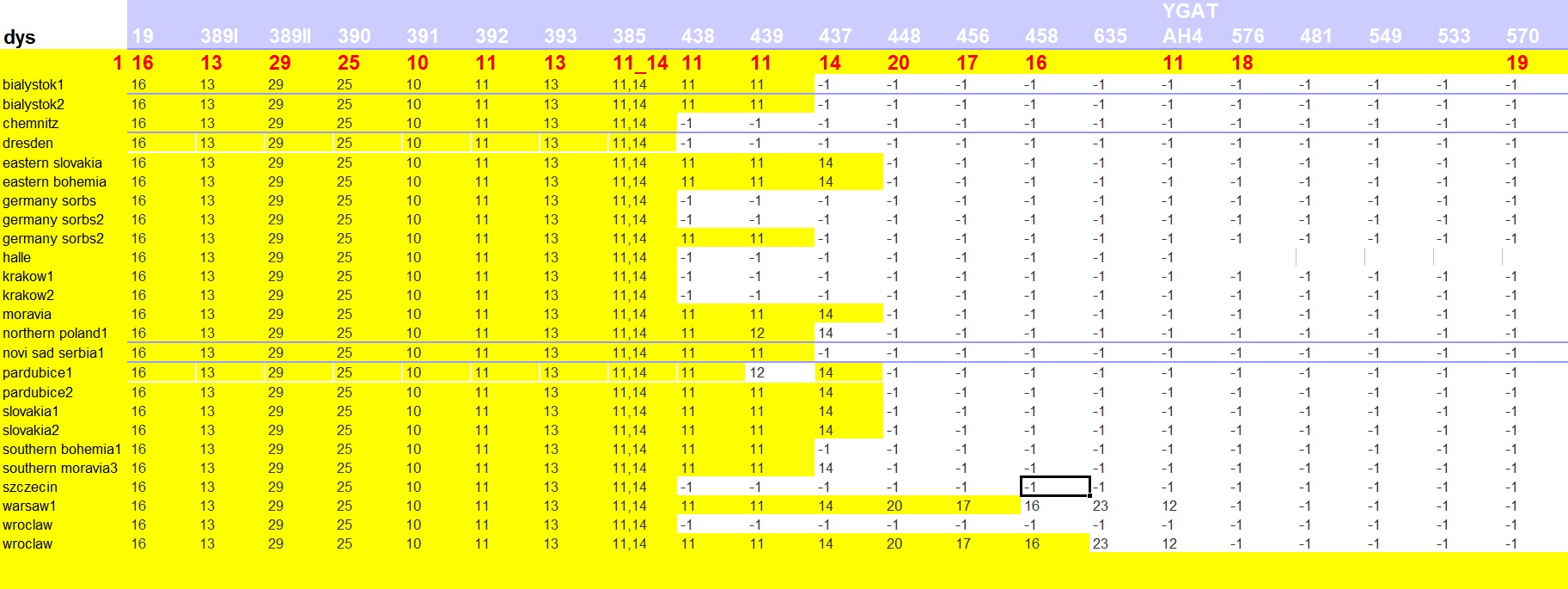 |
|||||||||||||||||||||||||||||||||
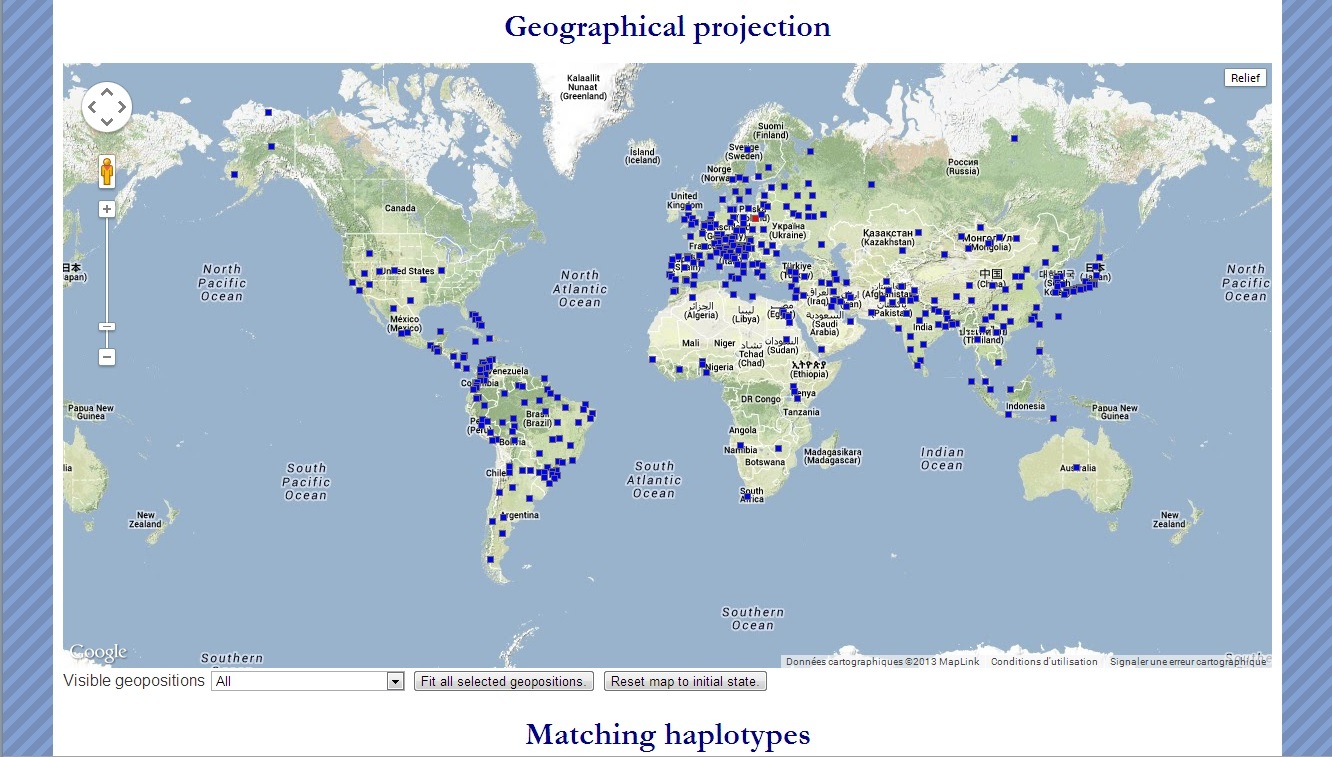 |
|||||||||||||||||||||||||||||||||
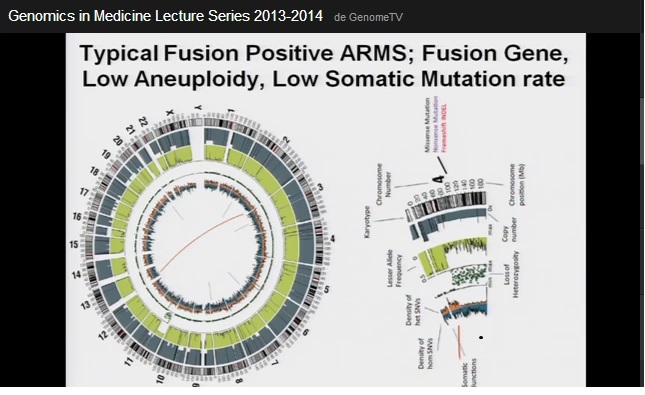 |
|||||||||||||||||||||||||||||||||
 |
|||||||||||||||||||||||||||||||||
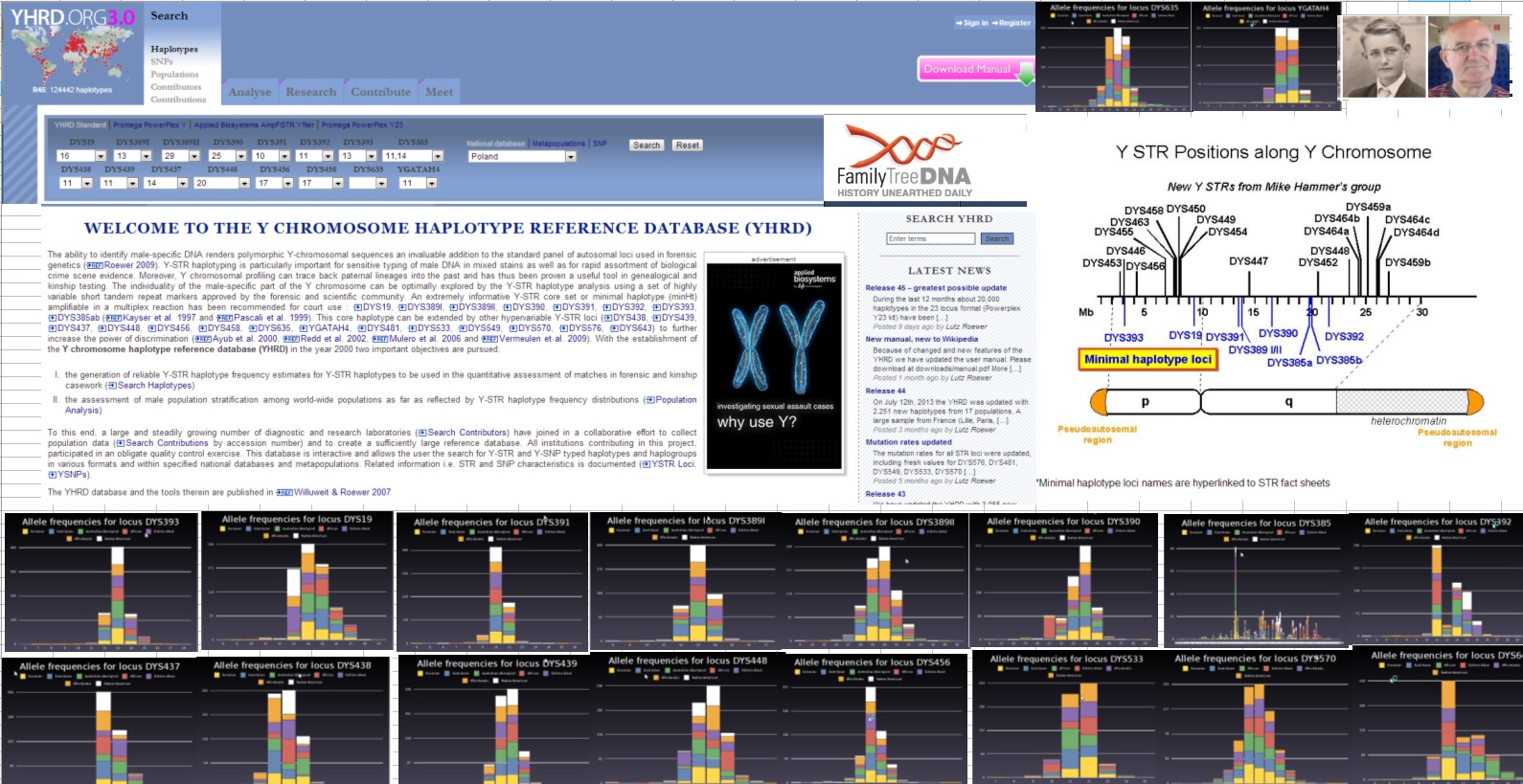 |
|||||||||||||||||||||||||||||||||
 |
|||||||||||||||||||||||||||||||||
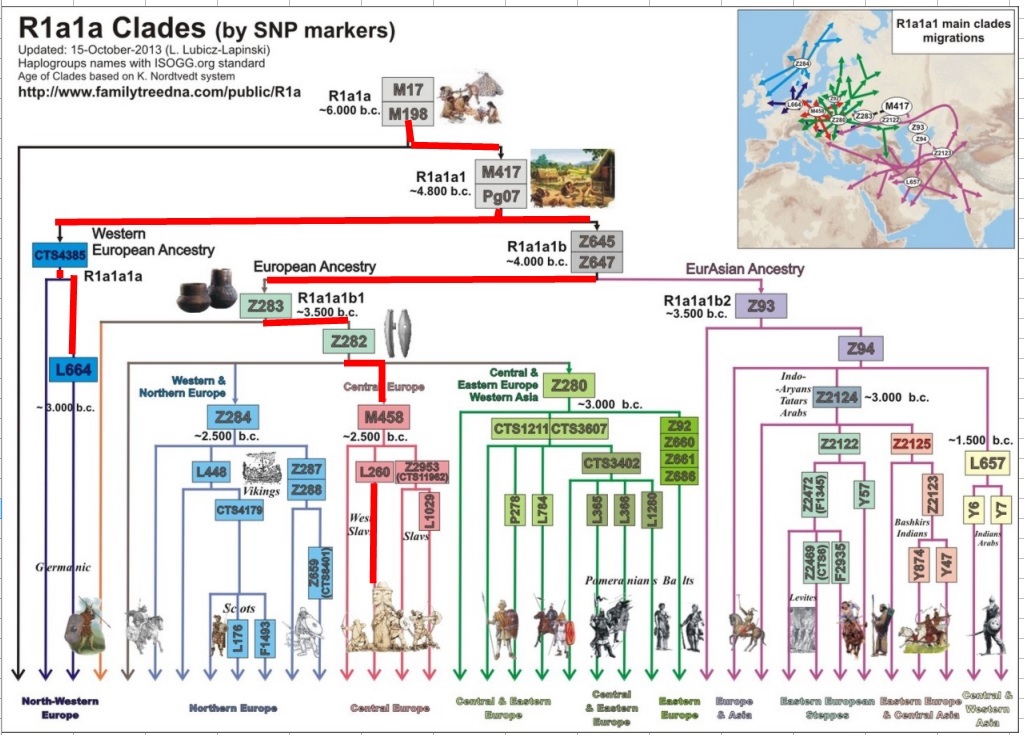 |
|||||||||||||||||||||||||||||||||
 |
|||||||||||||||||||||||||||||||||
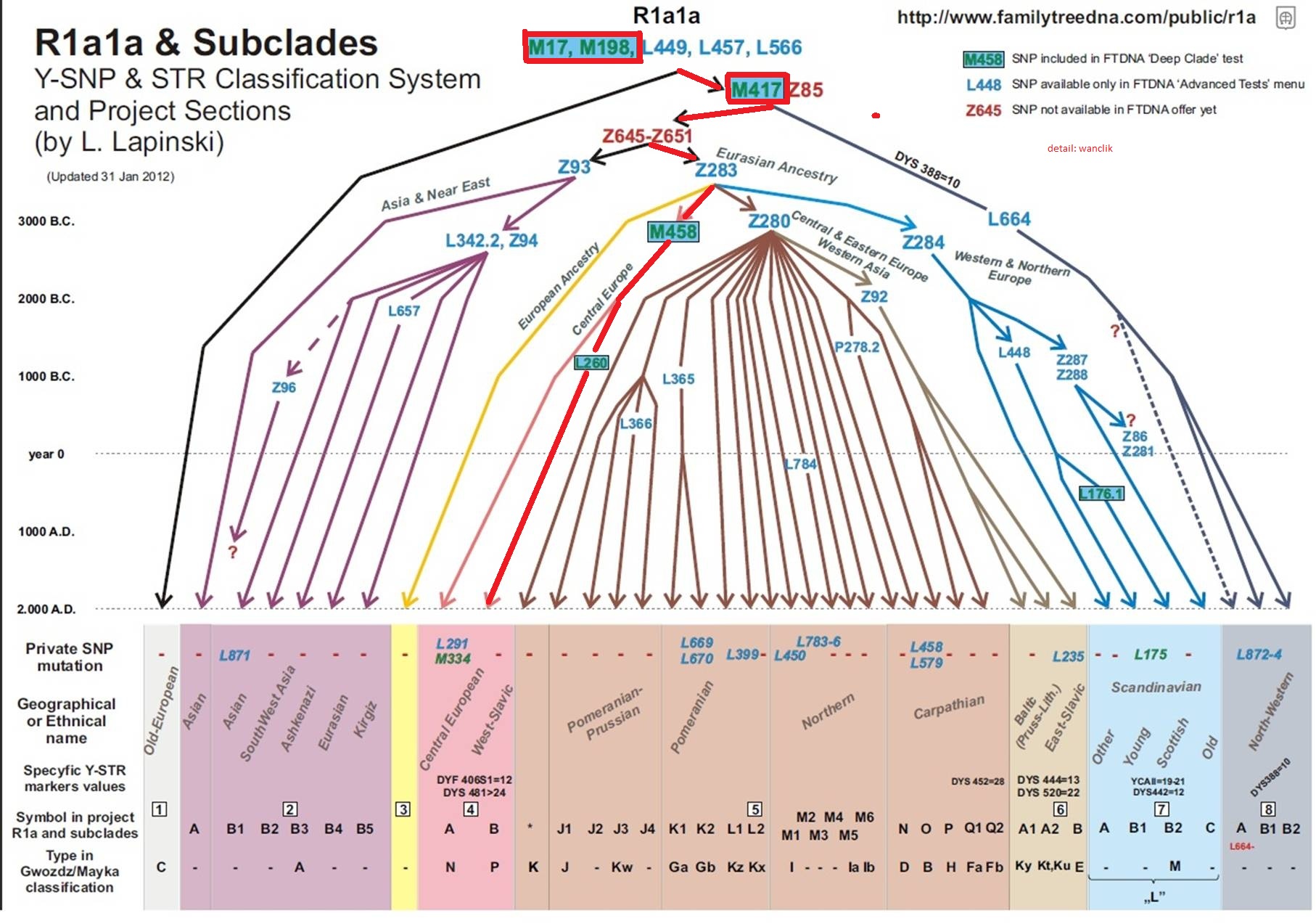 |
|||||||||||||||||||||||||||||||||
 |
|||||||||||||||||||||||||||||||||
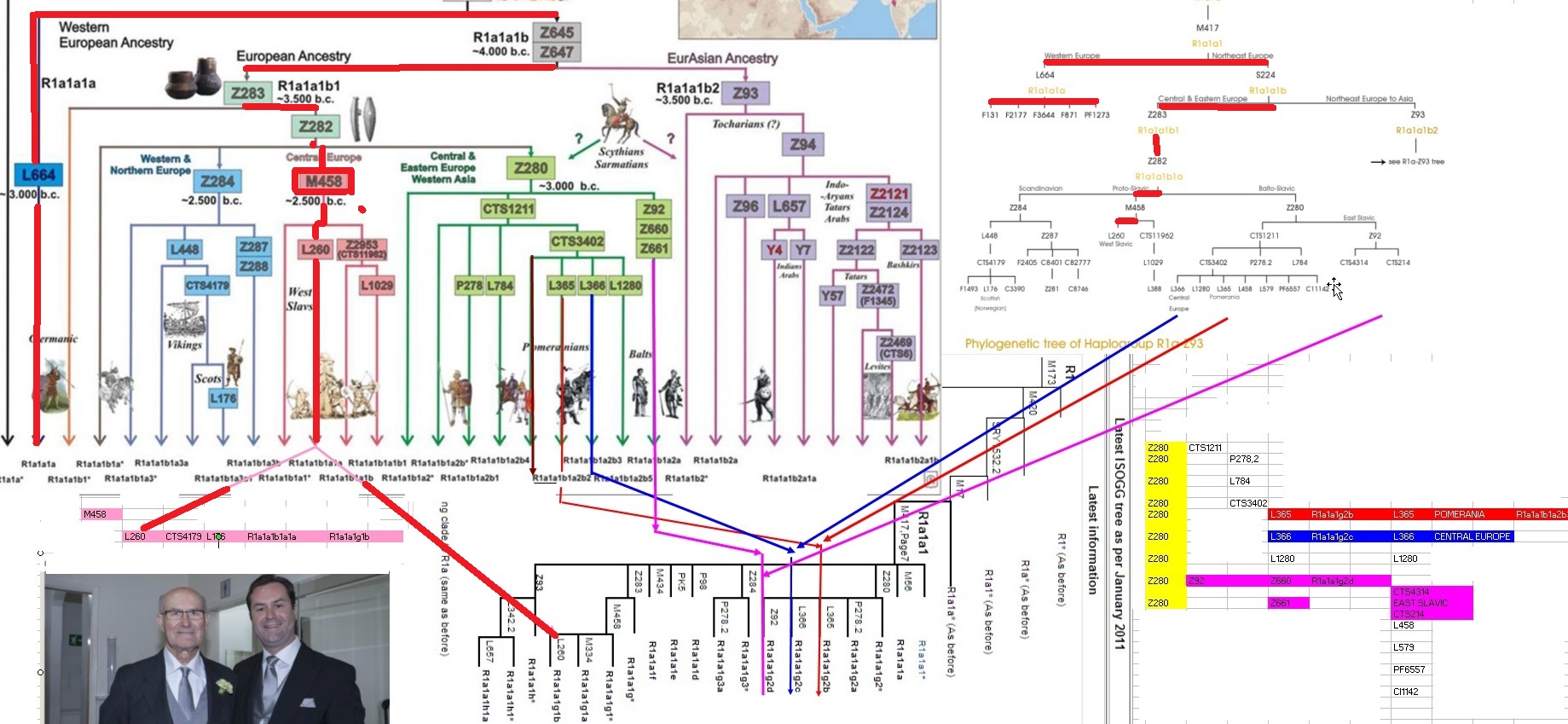 |
|||||||||||||||||||||||||||||||||
|
|||||||||||||||||||||||||||||||||
 |
|||||||||||||||||||||||||||||||||
 |
|||||||||||||||||||||||||||||||||
 |
|||||||||||||||||||||||||||||||||
 |
|||||||||||||||||||||||||||||||||
 |
|||||||||||||||||||||||||||||||||
 |
|||||||||||||||||||||||||||||||||
 |
|||||||||||||||||||||||||||||||||
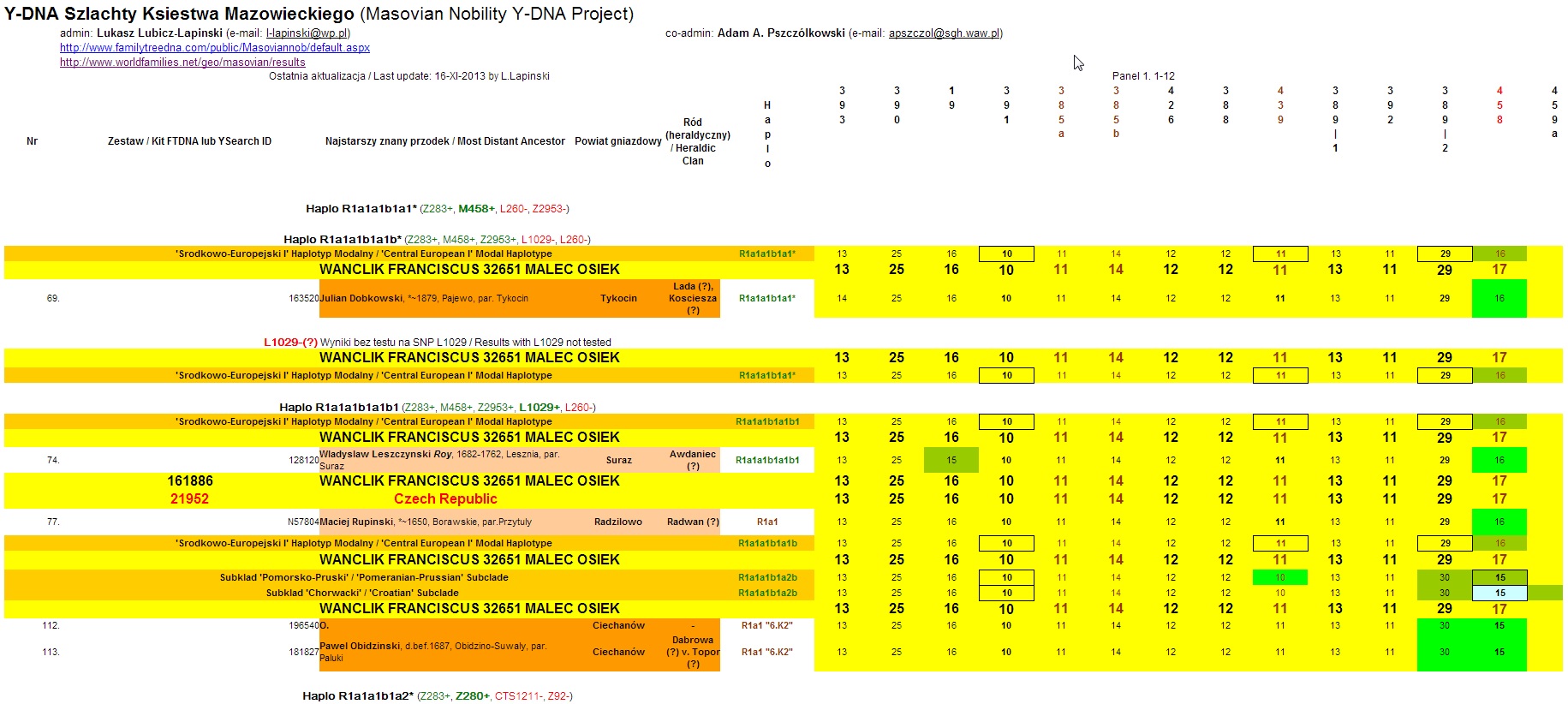 |
|||||||||||||||||||||||||||||||||
 |
|||||||||||||||||||||||||||||||||
| DNA and RNA http://wancliktade.free.fr/YFULL12NOV.htm | |||||||||||||||||||||||||||||||||
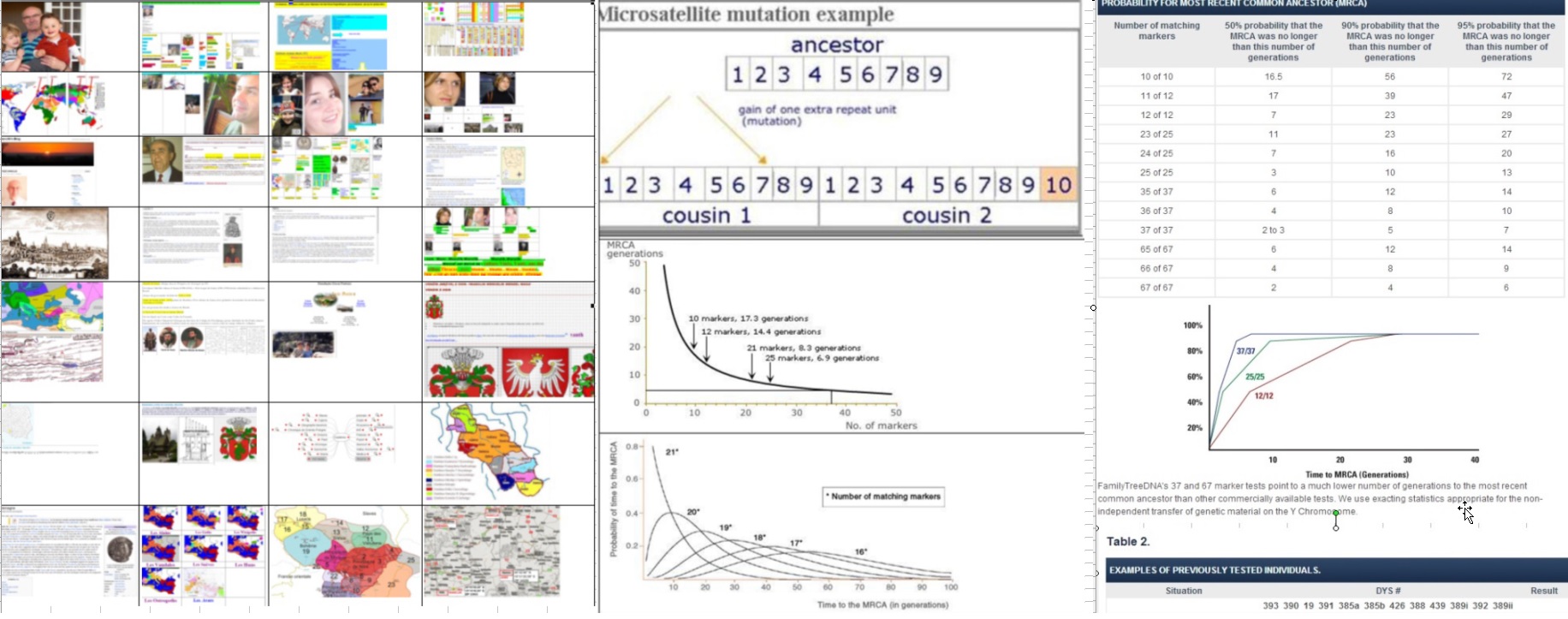 |
|
 |
|
 |
| https://sites.google.com/site/wenzlickfamilyofnewzealand/Home/preface/the-author---family/origins-of-the-name/the-ancestors-of-the-nz-wenzlick-families/the-home-country---bohemia/who-and-what-is-bohemian/the-home-city-of-plzen/the-homeland-village-of-litt |
 |
 |
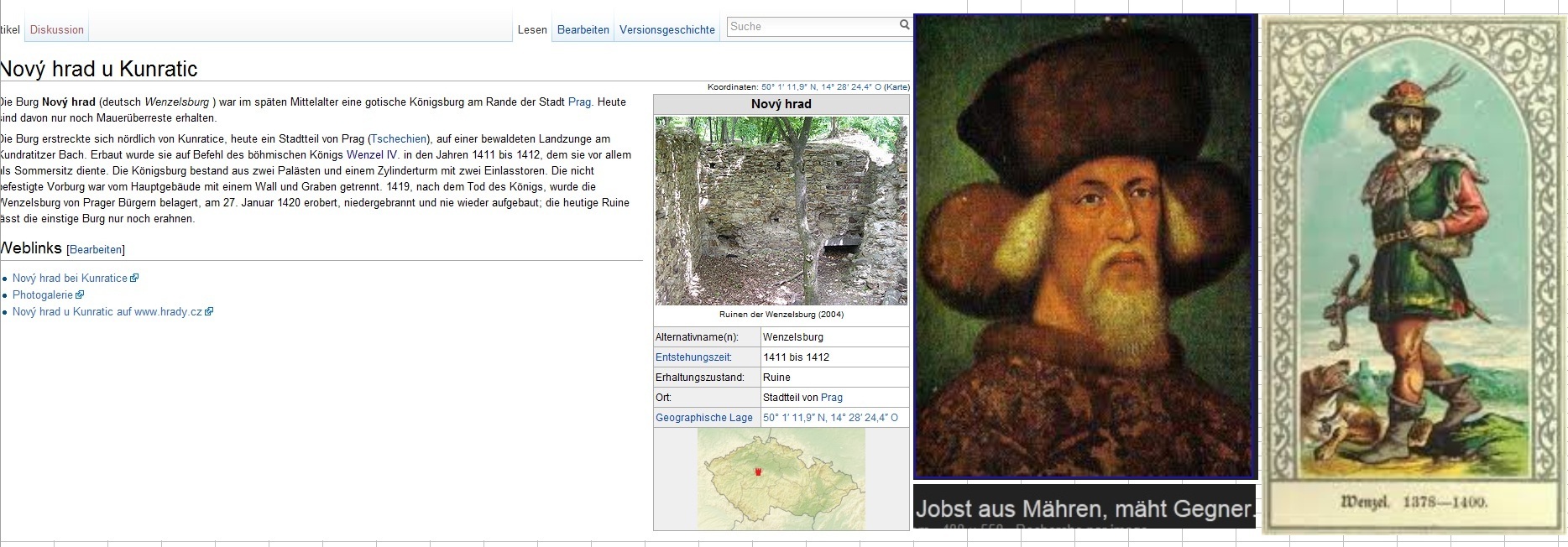 |
 |
Wenzel
From Wikipedia, the free encyclopedia
Wenzel is a male given name (long version Wenzeslaus) as the German and Old English form of the Czech given name Václav or Venceslav, meaning "praised with glory". Variations are Вячеслав (Ukrainian and Russian), Vencel (Hungarian), Wacław, Więcław (Polish), Venceslas/Wenceslas (French), Venceslao (Italian), Wenceslao (Spanish).
|
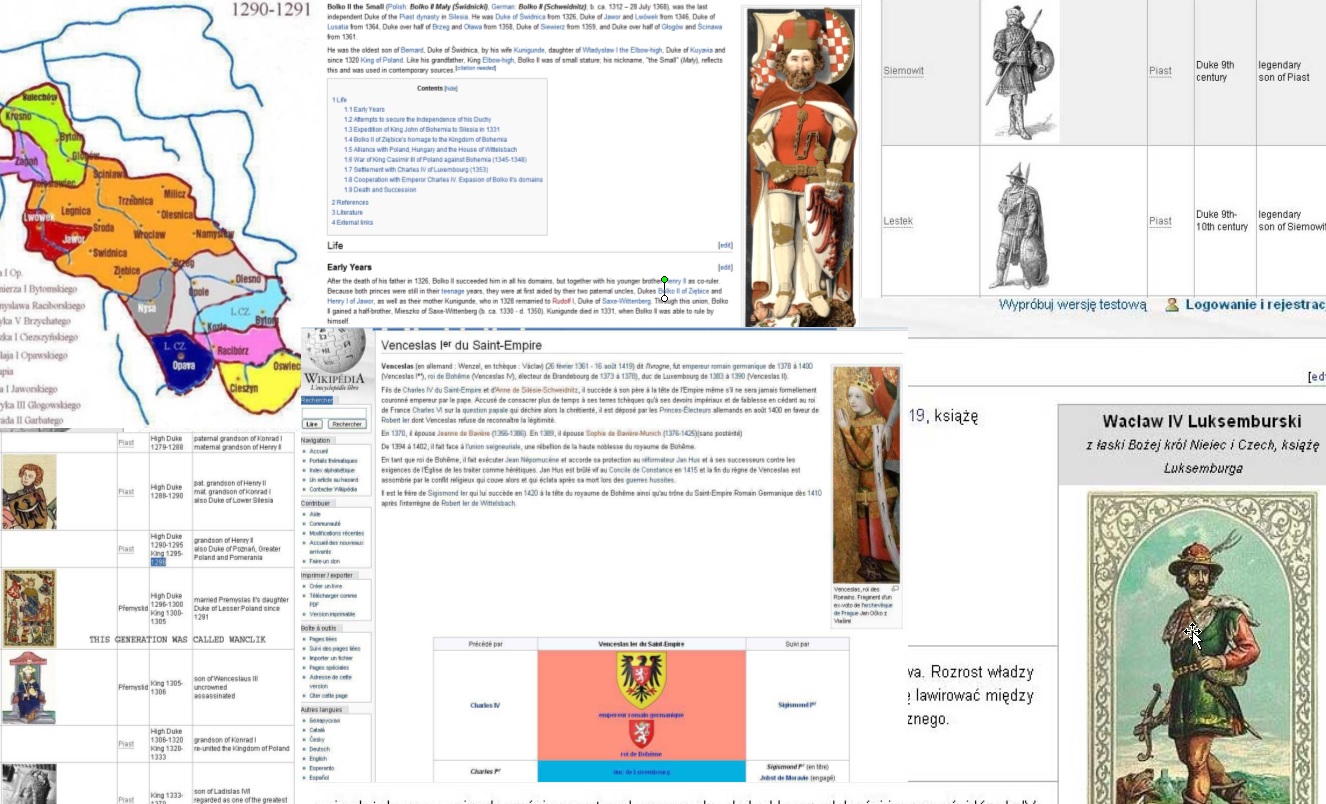 |
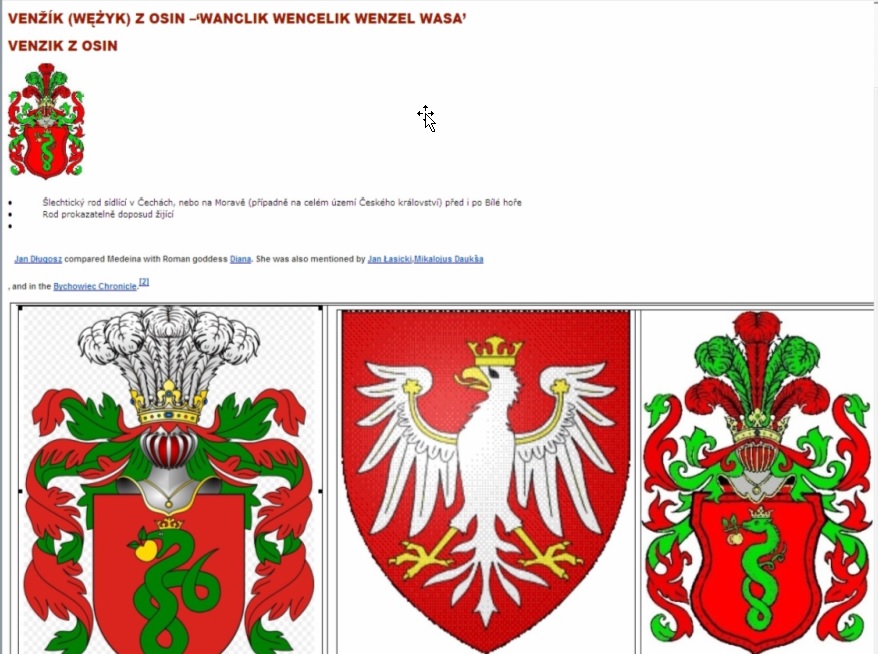 |
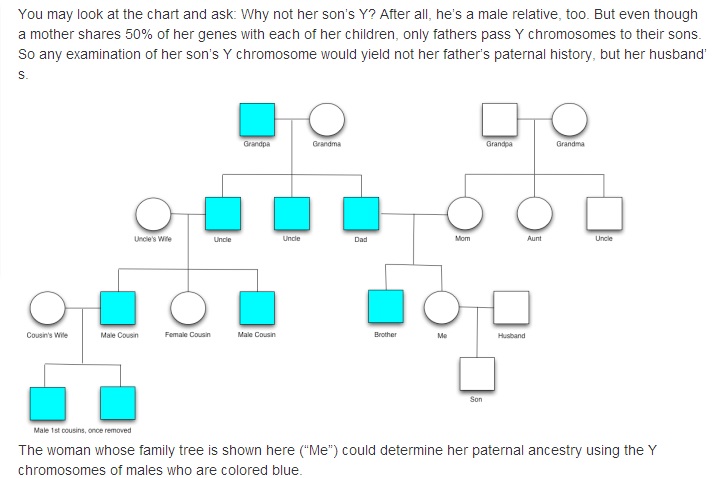 |
|
|
||||||||||||||||||||||
|
Wanclik - Wanzlik , Vanclick,Wenzlik,od imienia Wacław,Vaclavik,Wenzel,Wenzik
,Wenzelik,Wencelik,Wenclik,Wenzlik,Venclik,Wenzlick,Venceslas(PIAST/PRZEMYSLIDE) par extension Wendel, Wenzyk,Wenzuk 1381 Wanc 11695 - Wenchik , 1708 - Venzsik , 1723 - Wenžik , 1807 - Wenzsik, 1848 - Wenchik, 1850- Venčík, 1863 -Venžik , 1890 - Wenzik , 1923 Venžik ... Wendel est un prénom d'origine écossaise (saint Wendel ou Wendelin établi au vie siècle dans la région de Trèves, mais aussi la ville allemande de Sankt-Wendel dans laSarre). Saint-Wendel (Sankt Wendel en allemand) (prononcer Sankt Vandel) est une ville allemande du Land de la Sarre. Elle est le chef-lieu de l'arrondissement de Saint-Wendel. Wenzik est une très ancienne souche de la haute noblesse polonaise qui s'est installée en Moravie Venzsik ,Wenzik, Wenchik, Venzik, Wezyk Wenzelik est une ancienne souche de la royauté Bohémienne remontant aux Przemyslides.Elle est reliée aussi bien aux Piast, aux Jagielons, qu'aux Habsbourgs.
et l'empereur romain germanique . Vaclavic, czyli syn Wacława ,Vaclavic ou le fils de Waclaw en polonais ou Venceslas
Zastaw - ograniczone prawo rzeczowe, ustanawiane w celu zabezpieczenia
wierzytelności. Najważniejszą cechą zastawu jest to, że może być
ustanowiony jedynie ...
Charles II Francis of Austria (German: Karl II Franz) (3 June 1540 – 10
July 1590) was an Archduke of Austria and ruler of Inner Austria
(Styria, ...
Anne of Austria (16 August 1573 – 10 February 1598) was queen consort of
Poland and Sweden. Contents. 1 Biography. 1.1 Issue. 2 Ancestors; 3
Gallery ...
John III (Swedish: Johan III, Finnish: Juhana III) (20 December 1537 –
17 November 1592) was King of Sweden from 1568 until his death. He was
the son of ...
http://en.wikipedia.org/wiki/John_III_of_Sweden
|
|
|||
PolanesLes Polanes (en polonais Polanie, littéralement «peuple de la plaine») étaient une tribu slave qui s’était fixée sur les rives de la Warta au VIIIesiècle. Ils vivaient principalement de l’agriculture et se disputaient les terres avec des tribus germaniques. La Pologne au Haut Moyen Âge[modifier]Les Polanes sont mentionnés par le Géographe bavarois dans la première moitié du ixe siècle. Le nom vient de « pole », qui désigne un champ. Ce sont des agriculteurs dans un pays largement déboisé où les clairières culturales (polana) sont importantes. Le géographe distingue les Goplanes, de la région du lac Goplo près de Kruszwica, et les Lendizi, entre Gniezno et Ląd, sur la Warta. Les fouilles archéologiques pratiquées à Gniezno ont permis de dater la première enceinte de la première moitié du ixe siècle, par la découverte de monnaies arabes, premier signe d’un commerce lointain. Les deux tribus semblent s’être battues pour la domination de la région. Le géographe leur attribue à l’une 400 et à l’autre 98 civitates, ces castra dont les remparts protégeaient essentiellement le château, résidence du chef et de sa famille, tandis qu’une seconde enceinte servait de refuge aux paysans en cas de danger et de lieu de marché. Un auteur anonyme, Gallus Anonymus (début xiie siècle), écrivit de nombreuses légendes sur les événements du règne d’un certain princePopiel. Il raconte l’arrivée à Gniezno de deux pèlerins qui multiplièrent les miracles à l’époque où Cyrille et Méthode arrivaient en Moravie. Il s’agit peut-être d’une allusion à l’aide que les Polanes reçurent des Moraves dans leur lutte contre les Goplanes. En effet, le domaine des Polanes s’étend au ixe siècle vers le nord-est (Mazovie), vers le Nord (Poméranie), mais non vers le sud. Histoire de la Pologne[modifier]À la fin du IXe siècle, la plus grande partie des tribus slaves vivant dans un territoire délimité par l’Oder, le Bug, les Carpates et la mer Baltique, était sous la domination des Polanes. Au Xe siècle, le territoire des Polanes comprenait la Mazovie, la Cujavie et la Grande-Pologne. Leurs principales places fortes étaientGniezno, Poznań et Ostrów Lednicki. L’union de tribus gouvernée par la dynastie Piast a donné naissance à l'État polonais vers le milieu du Xe siècle. Voir aussi[modifier]
|
|
GoplanesLes Goplanes (en polonais Goplanie) étaient une hypothétique tribu slave qui aurait vécu du viie siècle au ixe siècle autour du lac Gopło en Cujavie avec Kruszwica comme capitale. Le Géographe bavarois (v. 845) rapporte que les Goplanes (Glopeani) contrôlaient 400 forts dans la première moitié du ixe siècle et que Kruszwica était leur capitale. L’existence des Goplanes est très controversée car aucune autre source ne confirme leur existence.. Selon la Chronique de Grande-Pologne (fin du xiiie siècle - xive siècle), Kruszwica était la capitale des Polanes et non des Goplanes. Dans sa Descriptio civitatum et regionum ad septentrionalem plagam Danubii, le Géographe bavarois ne mentionne pas les Polanes. Certains historiens émettent l’hypothèse que les Polanes et Gniezno se trouvaient sous l’autorité des Goplanes sur lesquels régnait un certain Popiel. Celui-ci aurait été renversé par les Polanes qui auraient obtenu leur indépendance avec Piast, ou son fils Siemovit, comme chef. D’autres historiens réfutent cette hypothèse en se basant sur la chronique de Gallus Anonymus qui évoque Gniezno comme capitale de Popiel. En Cujavie, on ne trouve aucune trace des Goplanes dans la toponymie. Les données archéologiques confirment la présence d’une puissante tribu slave dans la région de Gopło mais les fouilles à Kruszwica n’ont jamais permis de trouver des indices sur la présence d’un fort au viie siècle ou au ixe siècle. Par contre, à Mietlica, une localité pas très éloignée de Kruszwica, les archéologues ont pu mettre au jour les restes d’un ancien fort qui jouait le rôle de capitale d’une tribu. Une hypothèse récente avance que le nom Glopeani ne faisait pas référence à la tribu des Goplanes mais à celle des Glapians qui auraient vécu dans la région de la haute Warta. Source[modifier]
|
n Przemysła Nosaka,
zmarł 1406 r. Przemysł Nosak
Po wygaśnięciu tej linii Piastów miasto odziedziczyli książęta oświęcimscy. W 1475 r. książę Henryk nadał Gliwicom prawo magdeburskie i przywileje prowadzenia handlu chmielem, co razem z piwo- warstwem stało się głównym źródłem rozkwitu ......
1454 księstwo oświęcimskie stało się lennem polskim, po czym w r. 1456 wykupiła je Polska z rąk księcia Jana oświęcimskiego. Podobnie w r. 1456książę zatorski Wacław stał się lennikiem Polski, aw r. 1494 Polska wykupiła to księstwo. ..
książę
oświęcimski,
szwagier Jagiełły. Jan II (1375 — 1424), książę raciborski. Jan czanadzki,
biskup Zagrzebia w 1384 r. Jan Kropidło (1360 — 1421)
1395 książę oświęcimski Jan nazywa kapelanami wszystkich plebanów swojego księstwa 80. Niewątpliwie w tym samym znaczeniu użyto określenia „kapelan" w dokumentach książąt wielkopolskich w stosunku do opatów Heklina i Andrzeja z...
drugiej stronie odpoczywa także ciało w cnoty wielkie przybrane, Eufrozyny, familii książąt oświęcimskich. Za pulpitem w małym chórze jest grób marmurowy, kosztownie wystawiony od ś. p. jm. księdza Wężyka, ...
za ostatnich książąt Oświęcimskich; od których to księstwo przeszło wraz z Żywcem 1457 do Polski. Turzec przeszedł wtedy do Piotra Komorowskiego, Orawskiego i Liptowskiego grabi, za straty w sprawie Rzeczypospolitej w Węgrzech ...
Druga ziemia Zatorska, ta używa Orła białego, w błękitnym polu, a na piersiach jego litera Z. Trzecia Oświęcimska, takiegoż nosi orła, tylko że czerwonego, a na piersiach jego litera O. Obiedwie te ziemię kiedyś udzielne swoje książęta ...
.. ponieważ część książąt z nimi się pogodziła i porozumiała, a część z nich dzierży miasta dla nich [husytów], ... książęta z Raciborza, książę Przemko z Opawy i książę Kazko z Oświęcimia, i ten z Cieszyna (Teschen)zawarli z nimi pokój, ...
Drugi obóz uformował się spośród mas drobnego rycerstwa, mieszczan mniejszych miast i niektórych książąt, głównie ze Śląska Opolskiego (Bolko IV i V Opolscy, książęta cieszyńsko-oświęcimscy). Reprezentowali oni łączność Śląska z ...
 |
| Dukes of Teschen | ||||||
| 1290–1315 Mieszko I | 1315–1358 Casimir I | 1358–1410 Przemyslaus I Noszak | 1410–1431 Boleslaus I | 1431–1442 Euphemia and her sons: Wenceslaus I, Boleslaus II, Władysław, and Przemyslaus II | 1442–1452 Przemyslaus II and Boleslaus II | |
| 1452-1477 Przemyslaus II | 1477–1528 Casimir II | 1528–1579 Wenceslaus III Adam | 1579–1617 Adam Wenceslaus | 1617–1625 Frederick William | 1625–1653 Elizabeth Lucretia | |
| Habsburg dynasty | ||||||
| 1653-1654 Ferdinand I |
1654-1657 Ferdinand II
|
1657-1705 Leopold I | 1705-1711 Joseph I | 1711-1722 Charles I | 1722-1729 Leopold II | |
| 1729-1765 Francis | 1765-1766 Joseph II | 1766-1822 Maria Christina and Albert | 1822-1847 Charles II | 1847-1895 Albert | 1895-1918 Frederick |
http://en.wikipedia.org/wiki/Duchy_of_Teschen
Duchy of Teschen
|
Księstwo Cieszyńskie (pl) Těšínské knížectví (cs) Herzogtum Teschen (de) Ducatus Tessinensis (la) Duchy of Teschen |
||||
|
Silesian duchy Fiefdom of the Kingdom of Bohemia |
||||
|
||||
|
Coat of arms¹ |
||||
|
Silesia 1290-91: Duchy of Cieszyn (yellow) under Mieszko I |
||||
| Capital | Cieszyn | |||
| Language(s) |
Latin (officially) German (later) Polish (popularly) Czech |
|||
| Religion |
Roman Catholicism Protestantism |
|||
| Government | Principality | |||
| Dukes | ||||
| - 1290–1315 | Mieszko I (first duke) | |||
| - 1625-1653 | Elizabeth Lucretia (last Piast ruler) | |||
| - 1895–1918 | Archduke Frederick Habsburg (last duke) | |||
| History | ||||
| - Partitoned from Opole | 1281 | |||
| - Split off Oświęcim | 1315 | |||
| - Vassalized byBohemia | 1327 | |||
| - Split off Bielsko | 1572 | |||
| - Habsburg rule | 1653 | |||
| - Disestablished | 1918 | |||
| - Spa Conference | 28 July 1920 | |||
| Population | ||||
| - 1910 est. | 350,000 | |||
| ¹ Coat of arms of the Duchy of Teschen and the regional branch of the Piast dynasty | ||||
The Duchy of Cieszyn (Polish: Księstwo Cieszyńskie) or Duchy of Teschen(German: Herzogtum Teschen) or Duchy of Těšín (Czech: Těšínské knížectví, Latin:Ducatus Tessinensis) was an autonomous Silesian duchy centered on Teschen(Cieszyn) in Upper Silesia. After the feudal division of Poland it was split off in 1281 and ruled by Silesian dukes from the Piast dynasty since 1290.[1] The Duchy of Teschen was also composed of smaller Duchies at various points of time, such asOświęcim which was split off around 1315, or Zator which in turn split from the Duchy of Oświęcim in 1454.
Contents[hide] |
[edit]History
The duchy shared the history of Cieszyn Silesia, and also in part Silesia in general. The area had been the southeastern-most part of the medieval Duchy of Silesiaestablished after the death (1138) of the Polish duke Bolesław III Wrymouth. In 1172 the sons of the Silesian Piast DukeWładysław II the Exile divided their heritage, and Cieszyn fell to Mieszko I of Cieszyn and his Duchy of Racibórz.
Mieszko himself in 1202 occupied the neighbouring Duchy of Opole, forming the united Duchy of Upper Silesia. After the death of Mieszko's grandson Duke Władysław Opolski in 1281, Upper Silesia was again divided among his sons, and the eldestMieszko became the first Duke of Cieszyn in 1290.
[edit]Piast rule
After Mieszko's death in 1315, his eldest son Władysław took the Cieszyn lands east of the Biała river and established theDuchy of Oświęcim. The younger sonCasimir I retained the western part and in 1327 swore homage to the King of Bohemia, John of Luxembourg. After that Cieszyn became an autonomic fiefdom of the Bohemian crown.[2] Local Piast rulers often possessed other lands outside the Duchy of Teschen itself, in some periods of time, for example the Duchy of Siewierz, half of Głogów and some parts of Bytom.
After the death of Duke Boleslaus I in 1431, the rule over the duchy was shared by his wife Eufemia and their four sons.[3] In 1442 the duchy was divided between sons who were all formally Dukes of Teschen but the real control over the duchy passed to Boleslaus II andPrzemyslaus II who after the death of Boleslaus II in 1452 ruled alone. During the reign of DukeWenceslaus III Adam from 1528 on the duchy shifted to Protestantism according to the cuius regio, eius religio rule. His son and successor Adam Wenceslaus shifted back to Roman Catholicism. In 1572 the Duchy of Bielsko was split from the Duchy of Cieszyn.
The Cieszyn Piast's rule continued to 1653, ending with the death of the last scion DuchessElizabeth Lucretia, after which the duchy lapsed directly to the Kings of Bohemia,[4] at that timeFerdinand IV of Habsburg.
[edit]Habsburg rule
The Habsburg dynasty ruled Teschen from 1653 on. In 1722 Emperor Charles VI of Habsburggranted it to Duke Leopold of Lorraine in compensation for his maternal grandmother's rights to the north-Italian Duchy of Montferrat, which the emperor had taken and given to the Dukes of Savoy in 1708 as part of their alliance pact. Leopold's son-in-law Emperor Francis I of Habsburg-Lorraine later gave it to his eldest surviving daughter, Maria Christina, who marriedPrince Albert of Saxony in 1766, who thus became known colloquially as the Duke of Saxe-Teschen.
Although most of Silesia had passed to the Kingdom of Prussia in 1742 after the First Silesian War, Teschen remained under Austrian control as part of Austrian Silesia. Albert and Maria Christina's marriage remained childless, and upon the death of the widowed Albert in 1822 the duchy passed to their adopted son, Archduke Charles of Austria, who became Duke of Teschen and started the Teschen branch of the Habsburg-Lorraine Dynasty. The title passed down his line, first to his eldest son, Albert Frederick, and then, in 1895, to Albert Frederick's nephew, Archduke Frederick Maria.
With Austrian Silesia, the territory of Teschen became part of the Austrian Empire in 1804 and a Cisleithanian crown land of Austria–Hungary in 1867. At the end of World War I the duchy was disestablished with the dissolution of Austria-Hungary.
[edit]Aftermath
Local Polish and Czech self-governments were established on the territory of Cieszyn, which on 5 November 1918 signed an interim agreement according to which the territory - including the town of Cieszyn itself - was divided along the Olza river. The convention however failed to settle the border conflict between the newly established state of Czechoslovakia and the Second Polish Republic claiming further areas of the former Cieszyn duchy with a predominantly Polish speaking population. The ongoing conflict escalated when Czechoslovak troops crossed the Olza river on 23 January 1919 starting the Polish–Czechoslovak War.
Clashes of arms endured until 31 January, from which none of the belligerents could derive much of a benefit, as at the 1920 Spa Conference the division of the former duchy along the Olza was confirmed. The eastern part of Cieszyn Silesia was incorporated into the Polish Autonomous Silesian Voivodeship, while the western part (including Zaolzie region) became part of Czechoslovakia. This was confirmed on 5 August 1920 by the Conference of Ambassadors.[5]
[edit]Demographics
According to the Austrian census taken in 1910, the duchy had about 350,000 inhabitants, among them (54.8%) Polish-speaking, (27.1%) Czech-speaking and (18.1%) German-speaking.[6]
[edit]Dukes of Teschen
[edit]Silesian Piast dynasty
- 1290–1315 Mieszko I
- 1315–1358 Casimir I
- 1358–1410 Przemyslaus I Noszak
- 1410–1431 Boleslaus I
- 1431–1442 Euphemia and her sons: Wenceslaus I, Boleslaus II, Władysław, andPrzemyslaus II
- 1442–1452 Przemyslaus II and Boleslaus II
- 1452-1477 Przemyslaus II
- 1477–1528 Casimir II
- 1528–1579 Wenceslaus III Adam
- 1579–1617 Adam Wenceslaus
- 1617–1625 Frederick William
- 1625–1653 Elizabeth Lucretia
[edit]Habsburg dynasty
- 1653-1654 Ferdinand I
- 1654-1657 Ferdinand II
- 1657-1705 Leopold I
- 1705-1711 Joseph I
- 1711-1722 Charles I
- 1722-1729 Leopold II
- 1729-1765 Francis
- 1765-1766 Joseph II
- 1766-1822 Maria Christina and Albert
- 1822-1847 Charles II
- 1847-1895 Albert
- 1895-1918 Frederick
[edit]Old maps
[edit]Footnotes
[edit]References
- Biermann, Gottlieb (1894) (in German). Geschichte des Herzogthums Teschen (2nd edition ed.). Teschen: Verlag und Hofbuchhandlung Karl Prochaska. OCLC 34926439.
- Nowak, Krzysztof (2008). "Polskość i ruch narodowy". In Krzysztof Nowak. Pierwsza Niepodległość. Cieszyn: Urząd Miejski Cieszyn. pp. 7–17. ISBN 978-83-89835-40-6.
- Panic, Idzi (2002) (in Polish). Poczet Piastów i Piastówien cieszyńskich. Cieszyn: Urząd Miejski. ISBN 83-917095-4-X.OCLC 55650394.
- Žáček, Rudolf (2004). Dějiny Slezska v datech. Praha: Libri. ISBN 80-7277-172-8.
|
|
Title page of the Constitution of the Duchy of Teschen, issued by Wenceslaus III Adam, Duke of Teschen, in the year 1573. The constitution was issued in the Czech Language.
Pages in category "Dukes of Teschen"
A
BC |
C cont.EF
JL |
L cont.MPW |
||||||||||||||||||||||||||||||||||||||||||||||
Cieszyn
From Wikipedia, the free encyclopedia
For other places with the same name, see Cieszyn
(disambiguation).
Cieszyn [ˈt͡ɕɛʂɨn] ( It is situated in the heart of the historical region of Cieszyn Silesia. Until the end of World War I in 1918 it was a seat of the Duchy of Teschen. In 1920 Cieszyn Silesia was divided between the two newly created states of Poland and Czechoslovakia, with the smaller western suburbs of Teschen becoming part of Czechoslovakia as a new town calledČeský Těšín. The larger part of the town joined Poland as Cieszyn.[1] The town combines both Polish and Austrian peculiarities in the style of its buildings. Because of several major fires and subsequent reconstructions (the last one in the late 18th century), the picturesque old town is sometimes called Little Vienna. The only relic of the ancient castle is a square tower, dating from the 12th century and 10th centuryromanesque chapel.
[edit]History
Main article: History
of Cieszyn
The area has been populated by Slavic peoples since at least the 7th century. According to the legend, in 810 three sons of a prince – Bolko, Leszko and Cieszko, met here after a long pilgrimage, found a spring, and decided to found a new settlement. They called it Cieszyn, from the words "cieszym się", "I'm happy". This well can be found at the ulica Trzech Braci ("Three Brothers Street"), just west of the town square.[2][3] The town was the capital of the Duchy of Teschen and shared its history throughout the ages. It was in Teschen where Maria Theresa and Frederick II signed on 13 May 1779, the Teschen Peace Treaty, which put an end to the War of the Bavarian Succession. Teschen was known for its national, religious and cultural diversity, consisting mostly of German, Polish, Jewish and Czech communities.[4] There was also a small but livelyHungarian community in the town consisting mostly of officers and clerks.[5] According to the Austrian census of 1910 the town had 22,489 inhabitants. 13,254 (61.5%) were German-speaking, 6,832 (31.7%) were Polish-speaking and 1,437 (6.7%) were Czech-speaking. Jews were not allowed to declare Yiddish, most of them thus declared German as their native language. The most populous religious groups wereRoman Catholics with 15,138 (67.3%), followed by Protestants with 5,174 (23%) and theJews with 2,112 (9.4%).[6] The town was divided in July 1920, by the Spa Conference, a body formed by theVersailles Treaty, leaving a sizeable Polish community on the Czechoslovak side. Its smaller westerns suburbs became what is now the town of Český Těšín in the Czech Republic. Both towns were joined together again in October 1938 when Poland annexed the Zaolzie area together with Český Těšín. In 1939 whole Cieszyn Silesia was annexed by German forces and during the World War II was a part of Nazi Germany. After the war, the border between Poland and Czechoslovakia was restored to the one from 1920. After Poland and the Czech Republic joined the European Union and its passport-freeSchengen zone, border controls were abolished and residents of both the Polish and Czech part can move freely across the border. On 19 July 1970, five Polish firefighters from Cieszyn died, when a bridge they were on fell into the Olza River, due to heavy flooding. [edit]CultureSince the 19th century Cieszyn Silesia has been an important centre of Polish Protestantism. Currently Cieszyn is also the site of the Cieszyn Summer Film Festival, one of the most influential film festivals in Poland. There is also an earlier established Czech-Polish-Slovak film festival. [edit]IndustryCieszyn is an important centre of the electromechanical industry. It is also the site of the Olza Cieszyn sweets factory (where the famous Prince Polo wafers are made) and the Brackie Browar, where Żywiec Porter is brewed. The main source of income for many citizens is trade with the nearby Czech Republic and retail trade associated with transit across the two bridges over the Olza to Český Těšín. [edit]Sites of interest
[edit]People
See also the related Category:People
from Cieszyn.
[edit]International relations[edit]Twin towns — Sister citiesCieszyn is twinned with: [edit]Gallery[edit]Footnotes
[edit]References
[edit]Further reading
|
||||||||||||||||||||||||||||||||||||||||||||||||
|
http://pl.wikipedia.org/wiki/Bolko_I_Surowy
http://www.grooveasia.com/directory/page/Bolko_II_the_Small
Król Michał Korybut Wiśniowiecki zmarł w pałacu arcybiskupim we Lwowie 10 listopada 1673 – jak wykazała sekcja zwłok na skutek pęknięcia wrzodu w przewodzie pokarmowym, co było spowodowane stresem. Nowym królem obrany został 19 maja 1674 Jan III Sobieski. Po nabożeństwie serce króla pochowano w klasztorze kamedułów na Bielanach w Warszawie. Wnętrzności pochowano w Katedrze Łacińskiej we Lwowie, ciało zaś 20 listopada odwieziono do Warszawy. Doczesne szczątki króla Michała pochowano tego samego dnia wraz z prochami Jana II Kazimierza Wazy w podziemiachkatedry wawelskiej, w dzień koronacji następcy, Jana III Sobieskiego 31 stycznia 1676[5].
http://pl.wikipedia.org/wiki/Karol_IV_Luksemburski
Zbrasłav
|
Zbrasłav (Sbraslav) |
|
| Legendarny książę czeski | |
| historia.htm | |
| Dynastia | Przemyslidzi |
| Urodzony | X wiek |
| Ojciec | Wacław I Święty |
| Matka | nieznana |
Zbrasłav, także Sbraslav (X wiek) – legendarny syn księcia czeskiego Wacława I z nieznanej bliżej małżonki bądź nałożnicy.
Życiorys
Według Legendy Kristiana książę Wacław miał pod wpływem rodziny ożenić się i spłodzić syna, któremu nadał imię Zbrasłav. Był on jednak najprawdopodobniej dzieckiem nieślubnym. Imię dziecka mogło nawiązywać do starosłowiańskiego słowa Sъbor(ъ)slab, związanego z liturgią słowiańską. Dalsze losy Zbrasłava opierają się wyłącznie na domysłach historyków. Jedna z hipotez[1] identyfikuje go z księciem Stodoran zwanym Vętjeslavitjъ. Imię to jest tłumaczone jako Vaclavic, czyli syn Wacława. Prawdopodobnie po zabójstwie ojca Zbraslav znalazł tam azyl polityczny. Domysł ten uprawdopodabnia fakt, że Zbrasłav był wnukiem stodorańskiej księżniczki Drahomiry. Inna teoria[2] głosi, jakoby Zbrasłav był tożsamy z księciem libickim Sławnikiem, protoplastą rodu Sławnikowiców.
które stanowi nowszą postać imienia złożonego Więcesław, Więcław. Zmiana nastąpiła w okresie średniowiecza pod wpływem języka czeskiego.
qui est une nouvelle forme du nom du complexe Więcesław, Wieclaw. Wacław_de_Płock e changement est survenu pendant le Moyen Âge sous l'influence
de la langue tchèque.
Wenceslas 1er Chopin En hommage à mon Frère Mieczyslaw et ma soeur Elisabeth.
.jpg)
Le Waclaw 1er polonais est le même que le Venceslas 1er tchèque, descendant du fondateur de la Dynastie des Piast en Bohème et frère de Boleslas 1er...
Many of the actual holders of the name rooted like Wenzel ,Wendel in all the forms depending of local languages may credit the idea of being a descendent of the line Piast
and the more if they are descendant of a line living in Poland or the ground where were living the Vandals , the Wends or the Goths. They should analyse their DNA
in order to establish a database.
Małżeństwa i potomstwo [edytuj]
Karol był żonaty cztery razy. Jego żonami były:
1. od maja 1329 - Blanka de Valois, córka Karola de Valois, przyrodnia siostra Filipa VI, króla Francji, ur.1317, zm. 1 sierpnia 1348;
2. od 4 marca 1349 - Anna, córka Rudolfa II, elektora Palatynatu, ur. 26 września 1329, zm. 2 lutego 1353,
3. od 1353 - Anna, córka Henryka II, księcia świdnickiego, ur. w 1339, zm. 11 lipca 1362,
4. od 1363 - Elżbieta z Pomorza (1345/1347–1393), córka księcia pomorskiego Bogusława V i Elżbiety Kazimierzówny.
Z pierwszego małżeństwa pochodziły:
1. Małgorzata (1335-1349), żona Ludwika I Węgierskiego, króla Węgier i Polski,
2. Katarzyna (1342-1386), poślubiła Rudolfa IV Założyciela, a później Ottona V Leniwego, księcia Bawarii i elektora Brandenburgii.
Z drugiego małżeństwa pochodził:
1. Wacław, ur. 27 stycznia 1350, zm. 28 grudnia 1351.
Z trzeciego małżeństwa pochodzili:
1. Elżbieta (1358-1373), poślubiła Albrechta III Habsburga,
3. dziecko (ur. i zm. 11 lipca 1362).
Z czwartego małżeństwa pochodzili:
1. Anna Czeska (1366–1394), poślubiła Ryszarda II, króla Anglii,
2. Zygmunt (1368–1437), cesarz, król Węgier i Czech, margrabia brandenburski,
3. Jan Zgorzelecki (1370–1396), książę zgorzelecki,
4. Karol (ur. 13 marca 1372, zm. 24 lipca 1373),
5. Małgorzata (ur. 29 lipca 1373, zm. 4 czerwca 1410), poślubiła Jana III, burgrabiego Norymbergi,
6. Henryk (ur. sierpień 1377, zm. 1378).
Karol IV miał także nieślubnego syna Wilhelma (Guillaume), którego matka była Francuzką. Chłopiec urodził się ok. 1365. Ojciec zabezpieczył jego przyszłość poprzez korzystne małżeństwo.
|
|
||
|
|
||
|
|
||
|
|
||
|
les przemyslides
|
||
Anton Vandike the painter or Anton Wanclik. has met John II Kazimierz as the last has been liberated from his emprisonment
in Tour de Bouc near of Marseille in 1640.John II Kazimierz son of the King of Poland, half brother of the King of Poland after
have been nominated admiral of the fleet of Spain and vice King of Portugal.
He was in the way to his new missions as he was arrested in France and emprisonned.In the prison he has choosen to become
a jesuit.
He has been liberated under the condition to promise to renounce of making politics.
So he became a Cardinal.
As his half brother, the King died he heritated the crowns of Poland and of Sweden
He has even married the widow of his half brother the King Wladislas.
Anton was a recognized painter living in Buckingham Palace as host of the King Charles 1st and his wife the sister of the King of France
Louis XIII.
I am searching informations about whether existed a biological link among them even if not official.
Bastards were transparents in the history
Because there must exist serious reasons that brought Anton to want to meet that liberated prisonner in this conditions and to be able
to do it
The fact that the name of the painter has numerous orthographes depending of the language allows to think that the reasons
that brought two jesuites born two centuries later in Chili ,two very educated men , one of them a passionated in sciences and scientist,and both
serving the King of Spain travelling in Italy, to write the name of the in the polish way, deserves attention.
One of them has signed the book, the other, who was exiled in Italy because the Habsburg had decided no more to trust in the jesuits,
has assisted him to write it.
A report of their travels in Europe
And they have written the name of the painter the polish or the bohemian way but writting in spanish,when the more usual form was
different.the letter "w "is not used in spanish
History has noted different way to write the name of Anton.
Has Anton undersigned his works with that name before he had been made an english nobleman?
or is that name a local form of Waclaw Wenceslas WENZEL somewhere in the huge territories controlled in that times by the Habsburg .
That is a point I want to follow.

Wacław de Płock - Wikipédia
.République_et_culture_tchèque
Liste_des_souverains_de_Bohême
Slaves
Saint-Empire romain germanique
Antoni Wanclik or Sir Anthony van Dyck ? VAN DIYCK
ALUMINIUM aluminium supervision aluminium fabrique
|
||||||||
|
|
||||||||
|
|
||||||||
LECH (LICUS) - Article en ligne Informations sur Lech (LICUS)Langue du texte original : anglais encyclopedia.jrank.org/LAP_LEO/LECH_Licus_.html
|
||||||||
|
|
||||||||
|
|
||||||||
The best that you can bring back with you, from a journey, is to return safely.
|
http://fr.wikipedia.org/wiki/Linguistique LinguistiqueUn article de Wikipédia, l'encyclopédie libre.Aller à : Navigation, Rechercher
|
|
http://www.guardian.co.uk/environment/video/2009/dec/07/copenhagen-gordon-brown-climate-change |
My world and the man who has invented my profession Tesla PRESSE
|
|
RPT-UPDATE 1-SBM wins $1.7 bln contract with PetrobrasThursday, 17 December 2009 - 14:58:59 · Tags: · floating · operate · storage · with
Continuous well-flow estimates improve production allocation |
LHC /CERN : histoire de l'accélérateur de particules
|
|
La fibre optique qui arrive chez nous
Talent Les guignols de canal +
Petite histoire des peuples barbares
http://wanclik.free.fr/names.htm
Klemens Janicki Ianicius 1516-1543Tristium_liberSur moi-même pour lapostérité |
Vang_stave_church a XII century built CHURCH coming from the north and rebuilt in Poland
JAN WANC has built the first organs totally built in Europe in Zywiec Poland in 1381
http://wapedia.mobi/en/Casimir_III_of_Poland
http://wanclik.free.fr/Ludwik_Wegierski.htm POWER AROUND 1381
Antoni Wanclik or Sir Anthony van Dyck ? VAN DIYCK
Google a trouvé un texte du XVIII ème siècle écrit en espagnol par un ou deux jésuites nés au Chili,
où le nom du peintre Van Dyck est écrit Wanclik;Je me suis intéréssé à ces deux hommes.
|
Le texte trouvé date du XVIIIème et est écrit en espagnol. L'objectif est de retrouver ce qui reliait WANCLIK au prince polonais prisonnier en France; Je crois que c'étaient des Habsbourgs aussi. Thomas Wenthworth , comte de Stafford était le principal ministre de Charles 1er depuis 1633. Ou bien ce sont d'autres intérêts qui les ont rapprochés, le hasard étant exclu.. Rubens lui aurait spontanément conseillé de partir en Angleterre.. C'est certainement à ce moment là qu'il a changé son nom et fixé la nouvelle orthographe. Est-il intervenu pour obtenir sa libération, ou n'a-t-il que peint son portrait ? J'observe que Thomas Wenthworth porte aussi un nom rappelant la racine wanc |
Przyrodni brat Władysława IV Wazy.
|
Il doit y avoir des informations privées . http://en.wikipedia.org/wiki/Władysław_IV_Vasa http://en.wikipedia.org/wiki/Anna_of_Austria_(1573–1598) http://en.wikipedia.org/wiki/Charles_II_of_Austria http://en.wikipedia.org/wiki/Sigismund_III_Vasa http://en.wikipedia.org/wiki/John_III_of_Sweden http://en.wikipedia.org/wiki/Catherine_Jagellonica_of_Poland |
|
|
nouveaux cartables au PORTUGAL
|
Gerard Dou was a disciple of Rembrand. This painting has fallen in the hand of the King of Sardaigne who was a parent .. The General Bertrand Clausell has sent it immediately to Paris , to the government. The next paintings were belonging previously to the precedent kings of France. |
The Euromoney international equity capital markets handbook - Page 90
Claire Evans - 2003 -
174 pages Affichage d'extraits - À propos de ce livre - Ajouter à ma bibliothèque - Plus d’éditions |
Problèmes économiques, Numéros 2707-2719
France. Direction de la documentation -
2001
Pierre Wanclik Le
Royaume-Uni est le deuxième client et le quatrième fournisseur Affichage d'extraits - À propos de ce livre - Ajouter à ma bibliothèque - Plus d’éditions |
Wolna szkoła polska w okupowanej Francji: historia Gimnazjum i Liceum im ... - Page 247
Tadeusz Łepkowski -
1990 - 321 pages Affichage d'extraits - À propos de ce livre - Ajouter à ma bibliothèque |
Atlantic reporter digest: covering all cases reported in Atlantic reporter
West Publishing
Company - 1960 Aucun aperçu disponible - À propos de ce livre - Ajouter à ma bibliothèque - Plus d’éditions |
Przegla̜d bibliograficzny piśmiennictwa ekonomicznego, Volume 55
Polskie Wydawnictwa Gospodarcze, Państwowe
Wydawnictwo Ekonomiczne -
2002 Aucun aperçu disponible - À propos de ce livre - Ajouter à ma bibliothèque - Plus d’éditions |
Viage [sic] de España, Francia, é Italia, Volume 7 - Page 187
Nicolás de la Cruz y Bahamonde -
1813 Affichage du livre entier - À propos de ce livre - Ajouter à ma bibliothèque - Plus d’éditions |
Berlin! Berlin!: ein literarischer Bilderbogen der letzten 150 Jahre - Page 124
Gustav Sichelschmidt
- 1980 - 212 pages Affichage d'extraits - À propos de ce livre - Ajouter à ma bibliothèque - Plus d’éditions |
Der Berliner zweifelt immer: seine Stadt in Feuilletons von damals - Page 370
Heinz Knobloch -
1977 - 520 pages Affichage d'extraits - À propos de ce livre - Ajouter à ma bibliothèque - Plus d’éditions |
Słownik nazwisk współcześnie w Polsce używanych, Volume 10 - Page 81
Kazimierz Rymut -
1994 - 619 pages ... o Wanclik 23, Ka:l0, Lg:3, Sl:4, ... Affichage d'extraits - À propos de ce livre - Ajouter à ma bibliothèque - Plus d’éditions |
1. Physics Letters A : Geometric phase in the causal quantum theories ...
This kinematic formulation has
been developed by Aitchison and Wanclik [1]
and Mukunda and Simon [2]. Hilbert space being central to standard quantum
theory ...
linkinghub.elsevier.com/retrieve/pii/S037596019700724X - Pages
similaires -
de G García de
Polavieja - 1997 - Cité
2 fois - Autres
articles
2.
YouTube - FAUSTINE is walking since four weeks but shows an ... |
|
|
|
2 min 58 s - 18 août
2009 |
|
| Name | Years | Also Known As | |
|---|---|---|---|
| Mieszko I | 962-992 |
|
|
| Bolesław I the Brave | 992-1025 | (Boleslas) |
|
| Mieszko II Lambert | 1025-1031 |
|
|
| Kazimierz I the Restorer | 1040-1058 | (Casimir) |
|
| Bolesław II the Generous | 1058-1079 | (Boleslas) |
|
| Władysław I Herman | 1079-1102 | (Ladislas) |
|
| Zbigniew | 1102-1107 |
|
|
| Bolesław III Wrymouth | 1102-1138 | (Boleslas) |
|
| Władysław II the Exile | 1138-1146 | (Ladislas) |
|
| Bolesław IV the Curly | 1146-1173 | (Boleslas) |
|
| Mieszko III the Old | 1173-1177; 1191; 1198-1199; 1202 |
|
|
| Kazimierz II the Just | 1177-1191; 1191-1194 | (Casimir) |
|
| Leszek I the White | 1194-1198; 1199-1202; 1206-1210; 1211-1227 |
|
|
| Władysław III Spindleshanks | 1202-1206; 1227-1229 | (Ladislas) |
|
| Mieszko IV Tanglefoot | 1210-1211 |
|
|
| Konrad I | 1229-1232; 1241-1243 | (Conrad) |
|
| Henryk I the Bearded | 1232-1238 | (Henry) |
|
| Henryk II the Pious | 1238-1241 | (Henry) |
|
| Bolesław V the Chaste | 1241-1279 | (Boleslas) |
|
| Leszek II the Black | 1279-1288 |
|
|
| Henryk IV Probus | 1288-1290 | (Henry) |
|
| Przemysł II | 1290-1296 | (Premyslas) |
|
| Wacław II | 1296-1305 | (Václav, Wenceslaus) |
|
| Wacław III | 1305-1306 | (Václav, Wenceslas, Wenceslaus) |
|
| Władysław I (or IV) the Short | 1306-1333 | (Ladislas) |
|
| Kazimierz III the Great | 1333-1370 | (Casimir) |
|
| Ludwik I | 1370-1382 | (Lajos, Louis) |
|
| Jadwiga | 1384-1399 | (Hedwig) |
|
| Władysław II | 1399-1434 | (Jagiełło, Jogaila, Ladislas) |
|
| Władysław III | 1434-1444 | (Vladislaus, Vladislav) |
|
| Kazimierz IV | 1447-1492 | (Casimir) |
|
| Jan I Albert | 1492-1501 | (John) |
|
| Aleksander | 1501-1506 | (Alexander) |
|
| Zygmunt I the Old | 1506-1548 | (Sigismund) |
|
| Zygmunt II Augustus | 1548-1572 | (Sigismund) |
|
| Henryk | 1573-1575 | (Henri, Henry) |
|
| Anna | 1575-1586 |
|
|
| Stefan Báthory | 1576-1586 | (Stephen) |
|
| Zygmunt III Vasa | 1587-1632 | (Sigismund, Sigmund) |
|
| Władysław IV | 1632-1648 | (Ladislas) |
|
| Jan II Casimir | 1648-1668 | (John) |
|
| Michał Korybut | 1669-1673 | (Michael) |
|
| Jan III | 1674-1696 | (John) |
|
| August II the Strong | 1697-1704; 1709-1733 | (Augustus) |
|
| Stanisław I | 1704-1709; 1733-1736 | (Stanislas) |
|
| August III the Saxon | 1734-1763 | (Augustus) |
|
| Stanisław II August | 1764-1795 |
Central Europe |
||
| Holy Roman Empire (see below for a list of emperors) | 962–1806 | |
| Wettin Electors of Saxony | 1423–1806 | |
| Wittelsbach Electors of Bavaria | 1623–1806 | |
| Hohenzollern Electors of Brandenburg | 1415–1701 | |
| Poland | ||
| Elected kings | 1572–1795 | |
| Zygmunt III Wasa (Sigismund III Vasa) | 1587–1632 | |
| Vladislav IV Wasa (Wladyslaw IV Vasa) | 1632–48 | |
| Jan II Kasimierz Wasa (John II Casimir Vasa) | 1648–68 | |
| Michael Wisniowiecki | 1669–73 | |
| Jan III Sobieski (John III Sobieski) | 1674–96 | |
| Augustus II, the Strong, 1697–1704(1) | 1697–1704, 1709–33 |
1 ![Figure of Augustus the Strong [German; Meissen] Figure of Augustus the Strong [German; Meissen]](./R1A-h2a2b1_files/ht_1982.60.318.jpg) |
| Augustus III | 1733–63 | |
| Stanislaw II Augustus Poniatowski | 1764–95 | |
| Partitions of Poland | 1772, 1793, 1795 | |
| Divided under Habsburg, Prussian, and Russian rule | 1795–1867 | |
| Kingdom of Prussia | 1701–1867 | |
| Hohenzollerns | 1701–1797 | |
| Friedrich I (Frederick I) | 1701–13 | |
| Friedrich Wilhelm I (Frederick William I) | 1713–40 | |
| Friedrich II, der Grosse (Frederick II, the Great) | 1740–86 | |
| Friedrich Wilhelm II (Frederick William II) | 1786–97 | |
| Romania and Moldova | ||
| Ottoman rule | ||
| Semi–autonomous Ottoman dependencies | 1683–1861 | |
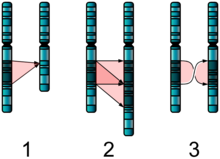
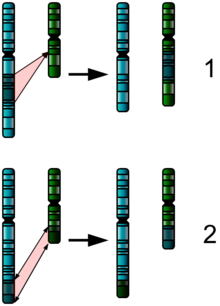


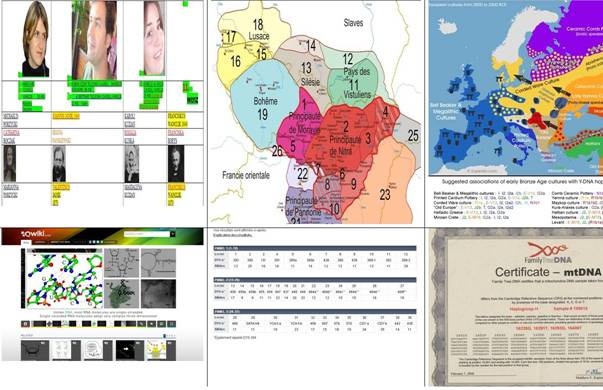

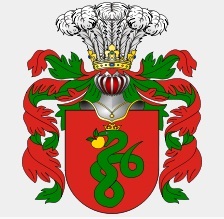


.jpg)
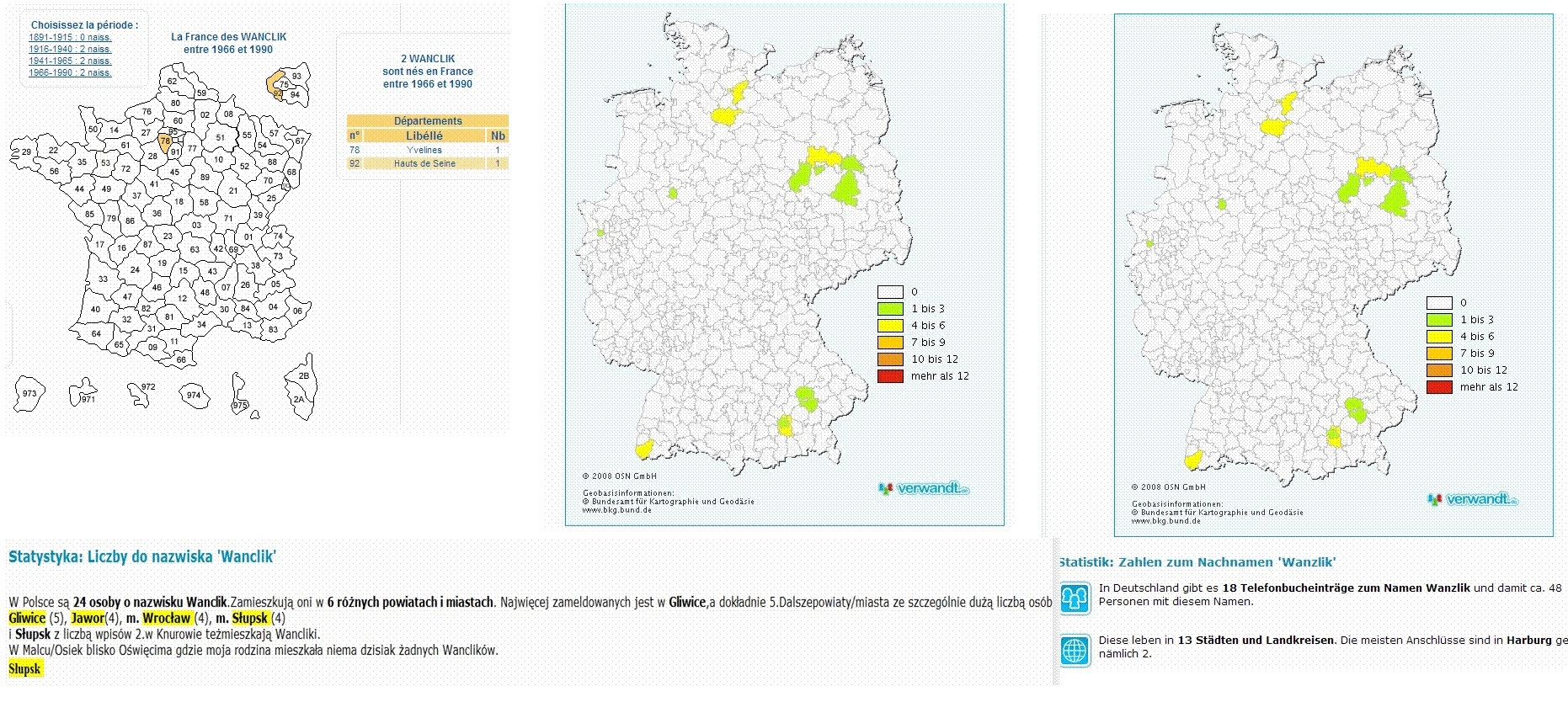


















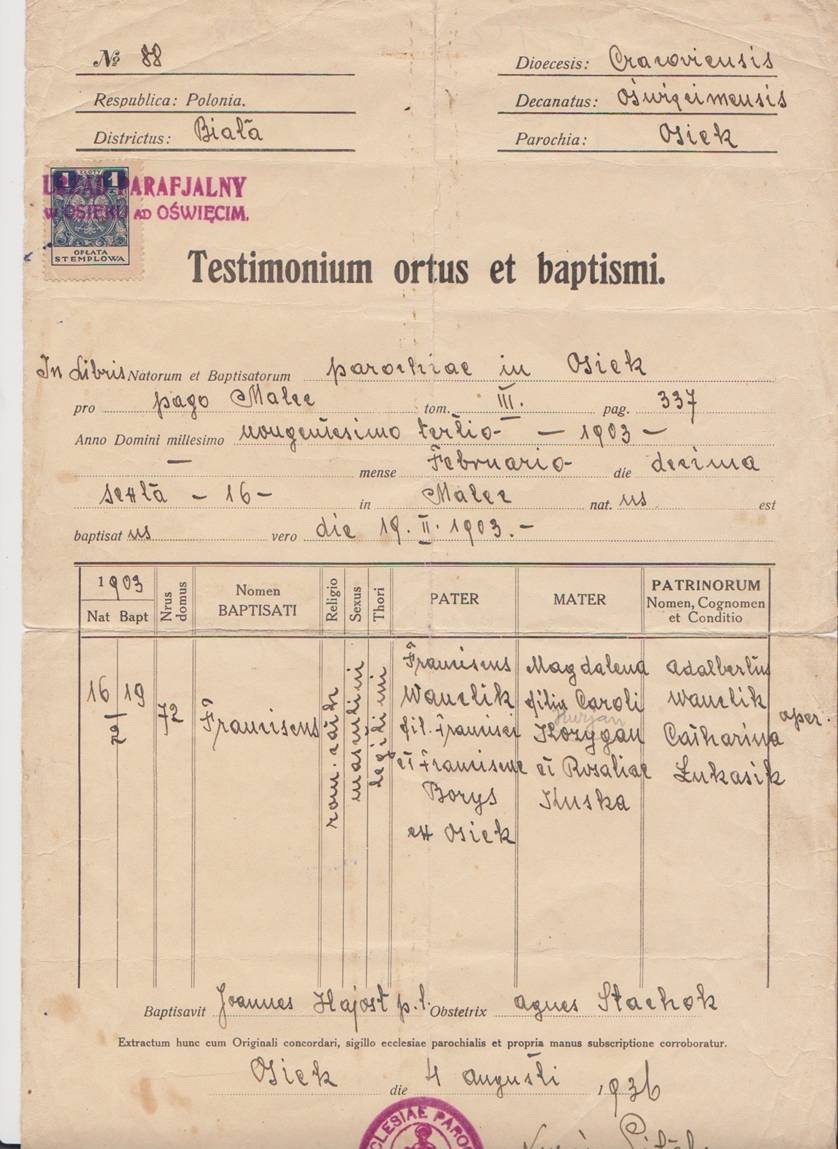
.jpg)



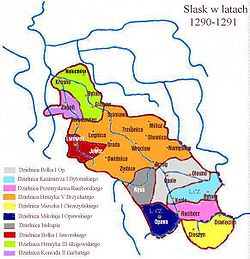
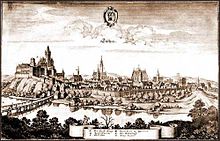
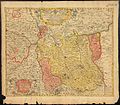

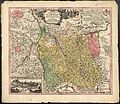
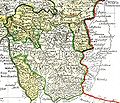

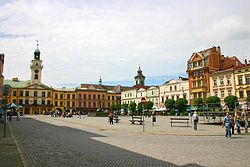


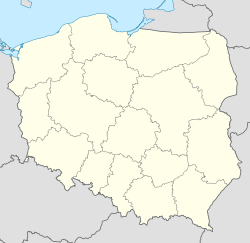
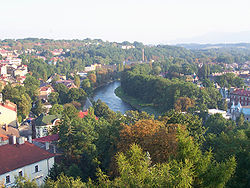
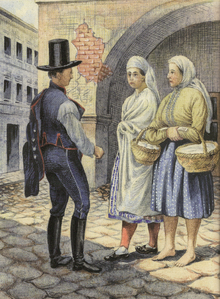









.jpg)
.jpg)


.jpg)
.jpg)
.jpg)
.jpg)
.jpg)








.jpg)
.jpg)
.jpg)
.jpg)










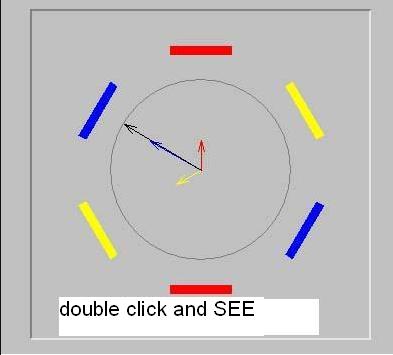



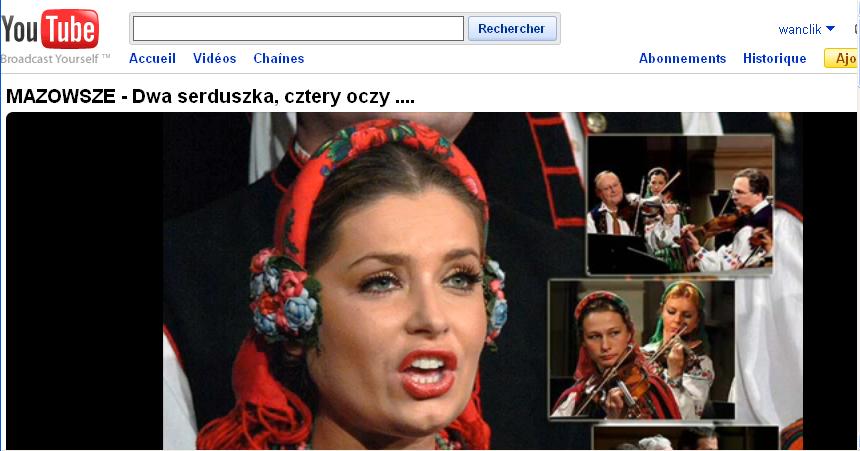
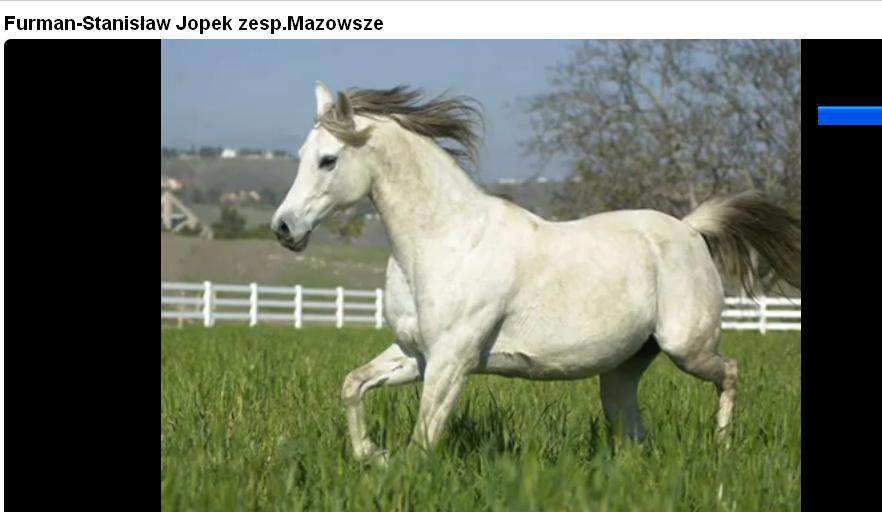
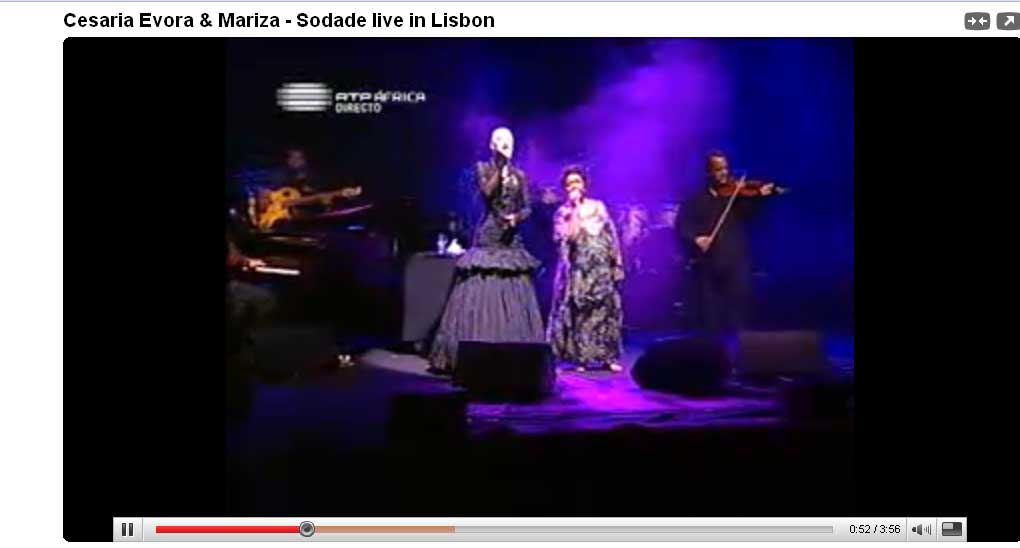

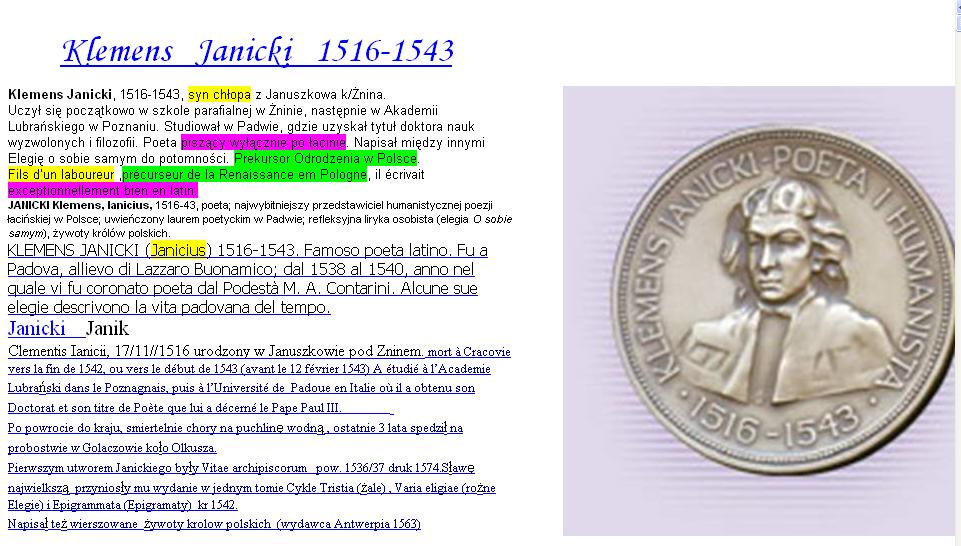

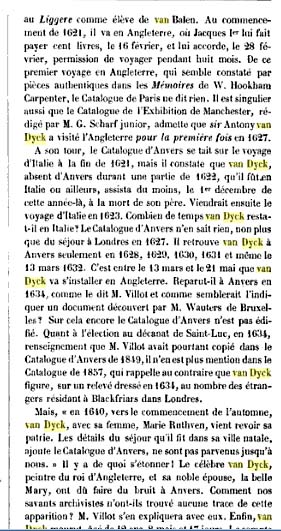

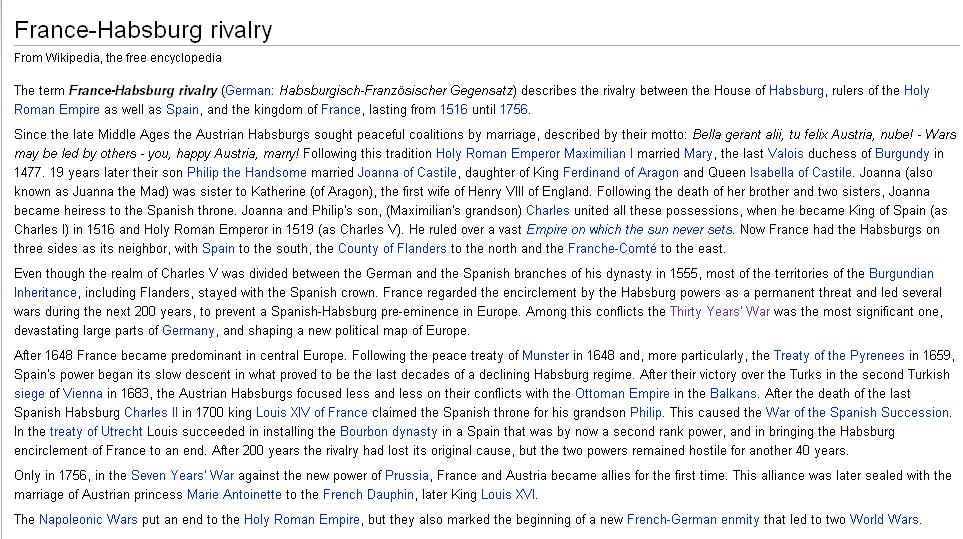
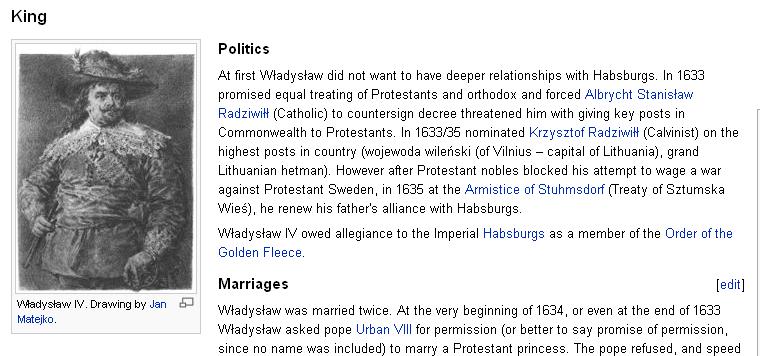
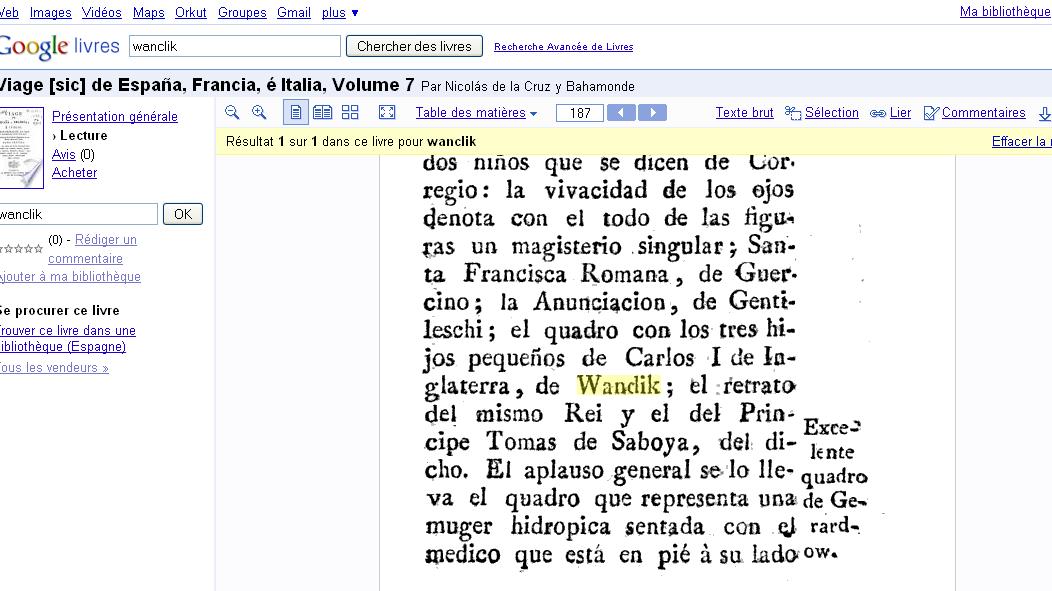

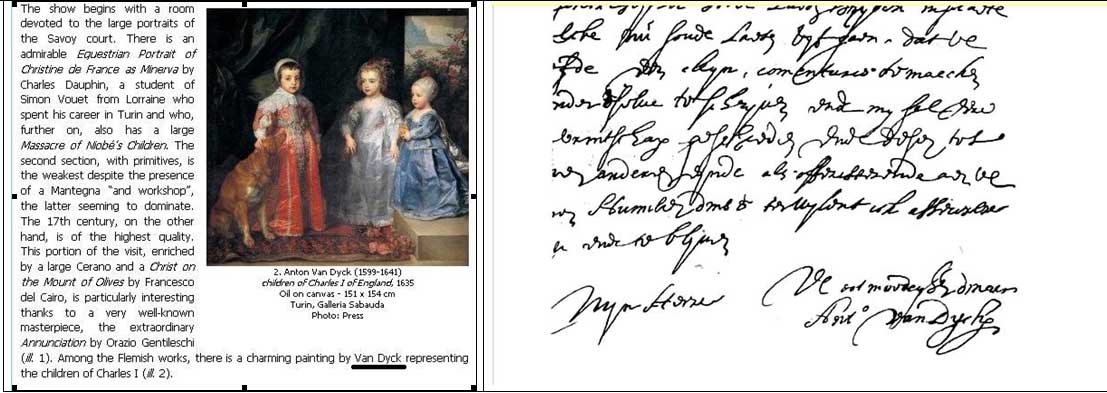


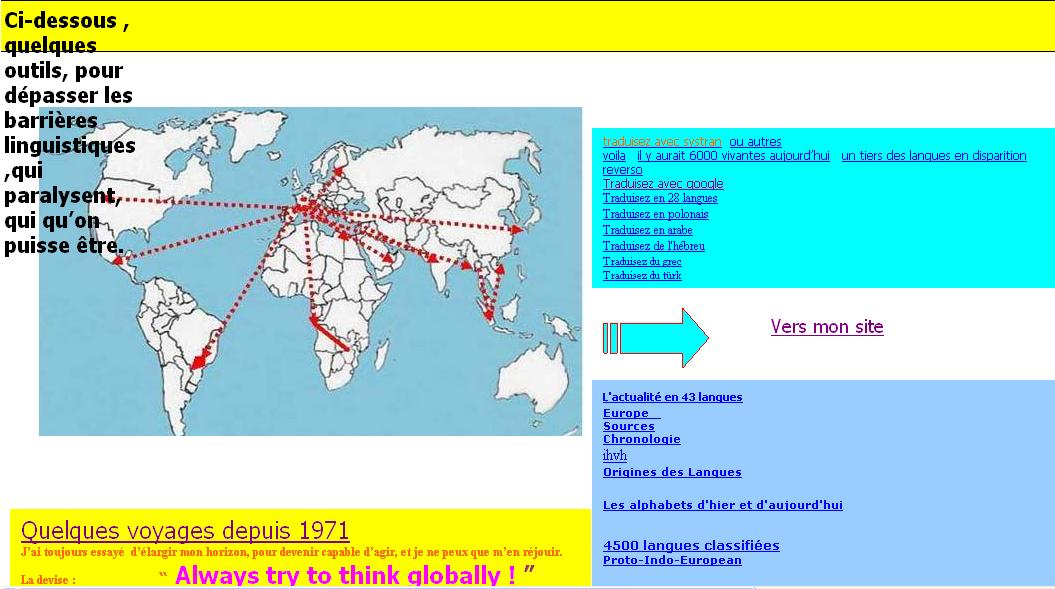

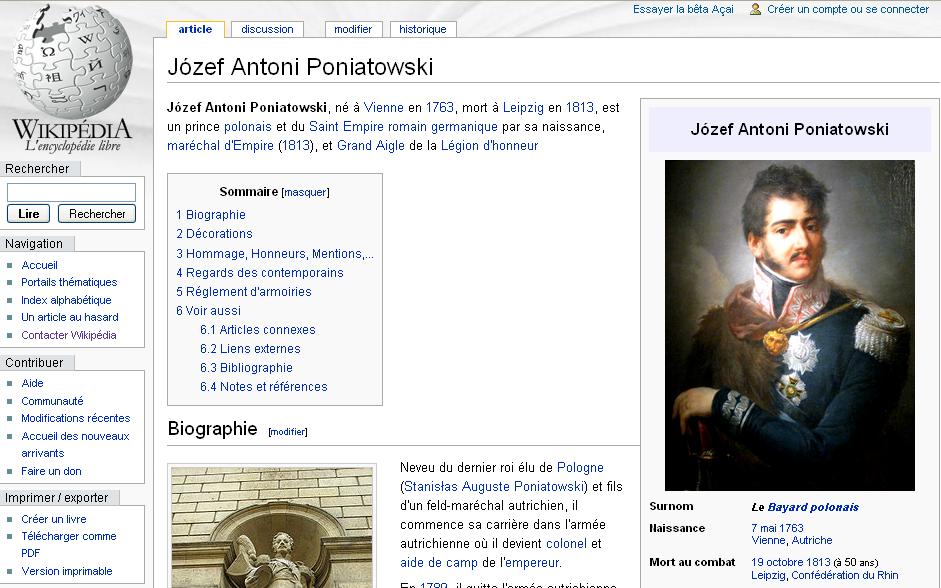
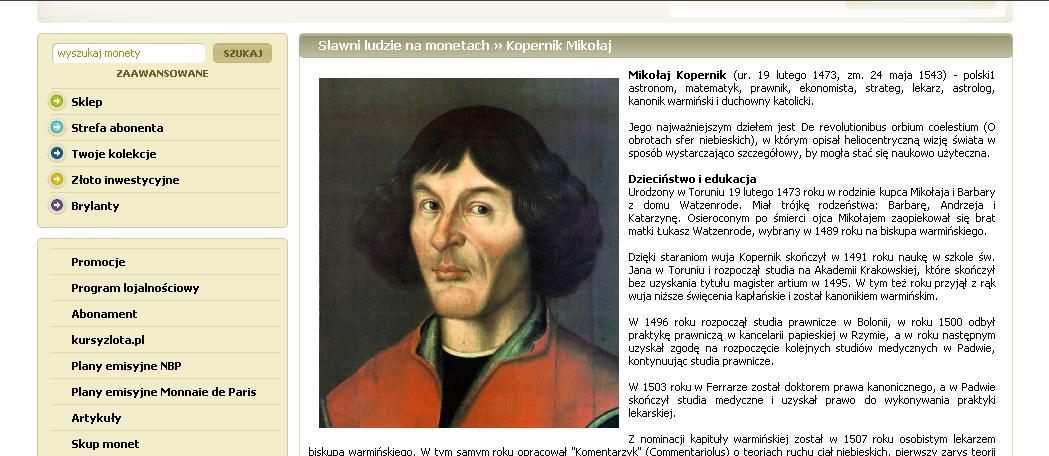
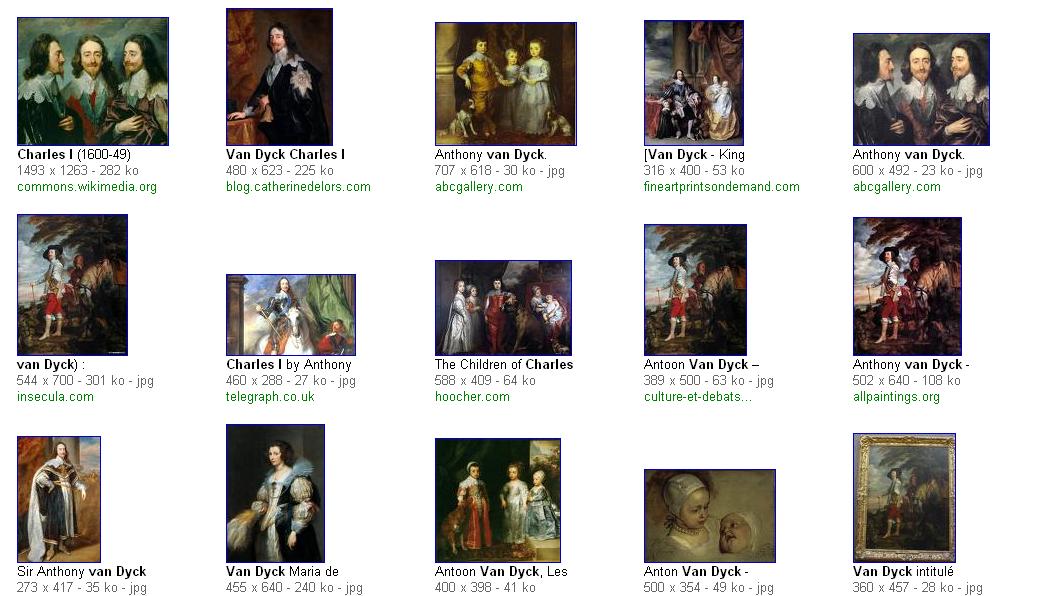
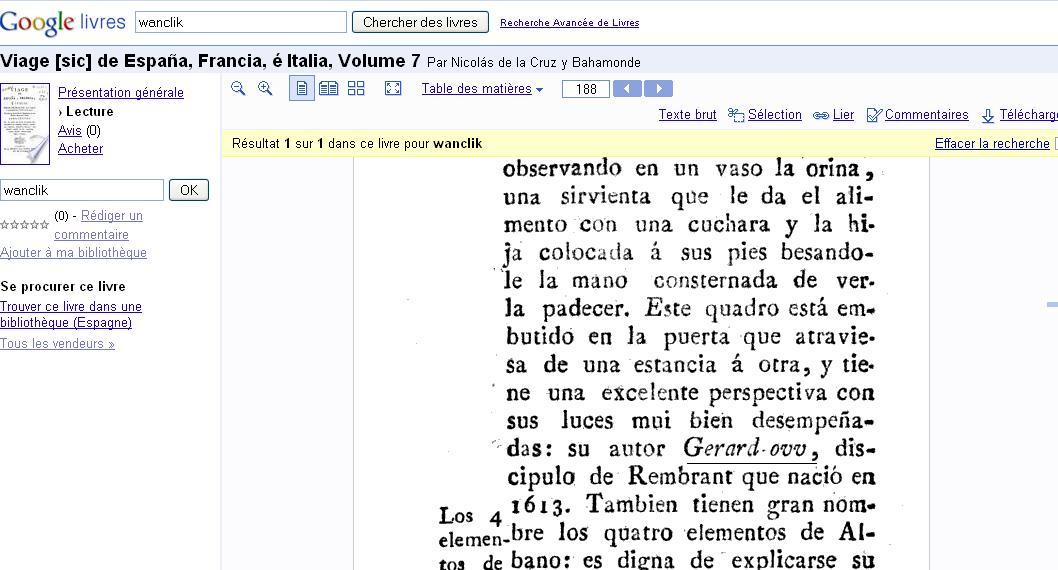







































![Viage [sic] de España, Francia, é Italia](./R1A-h2a2b1_files/image207.jpg)
